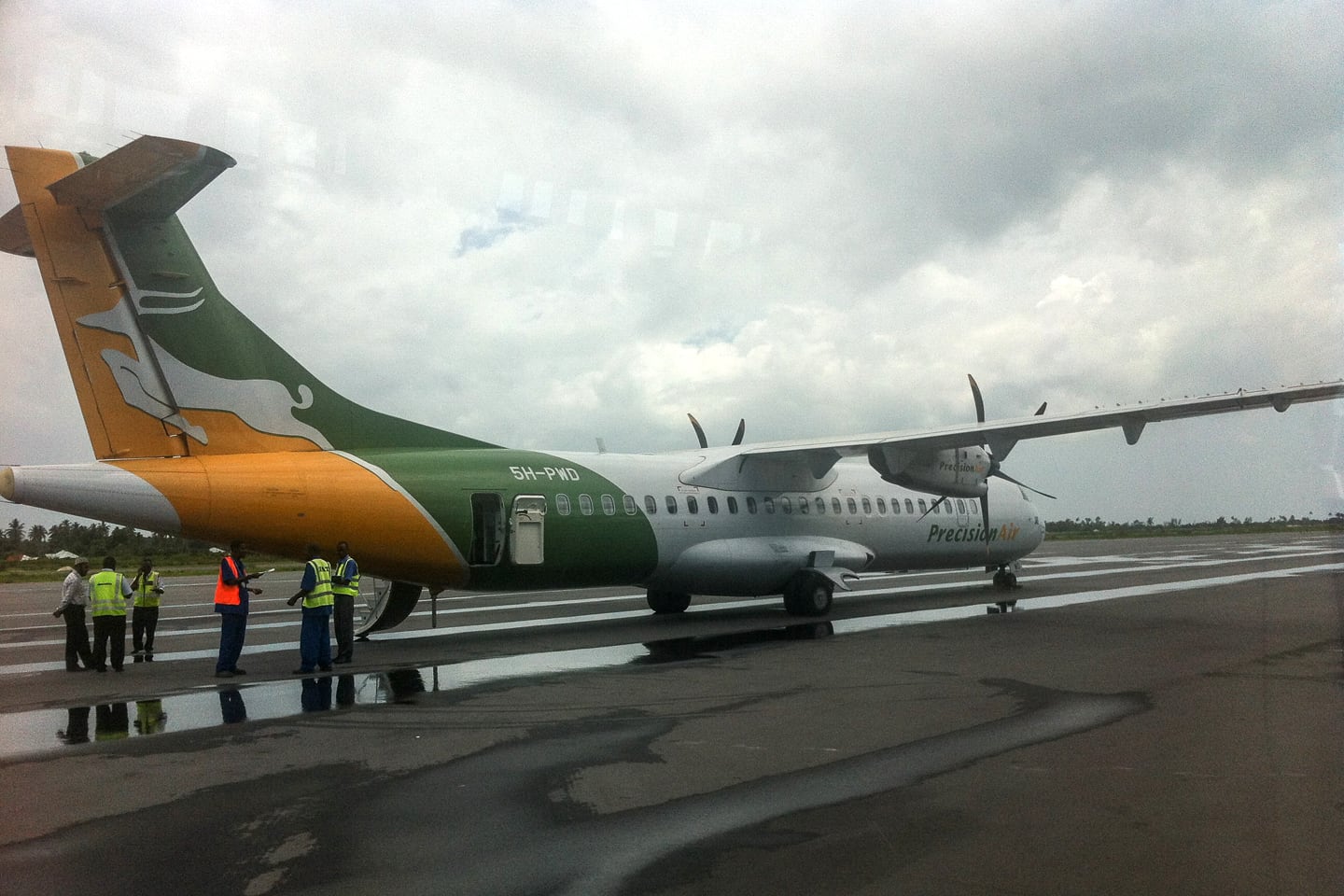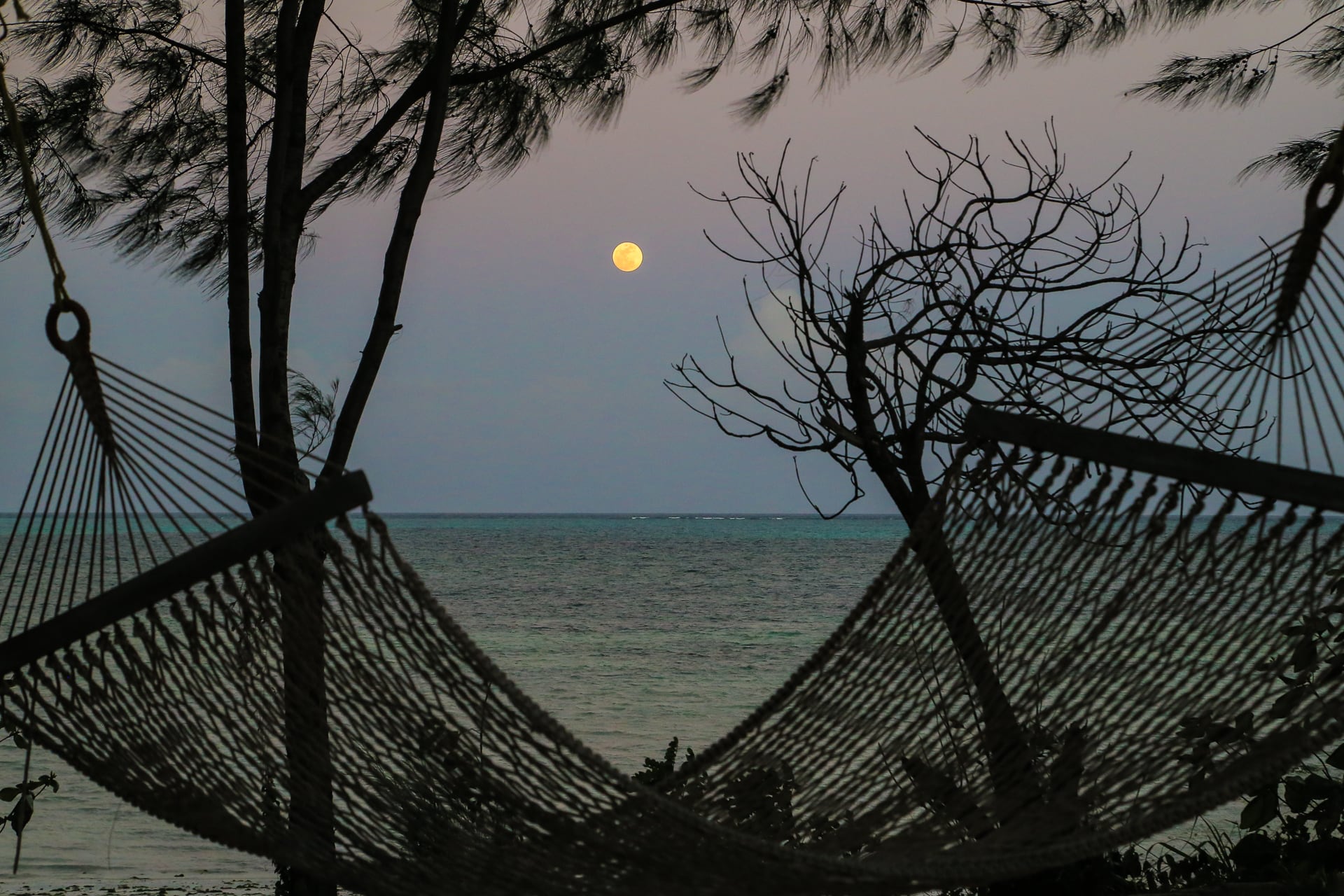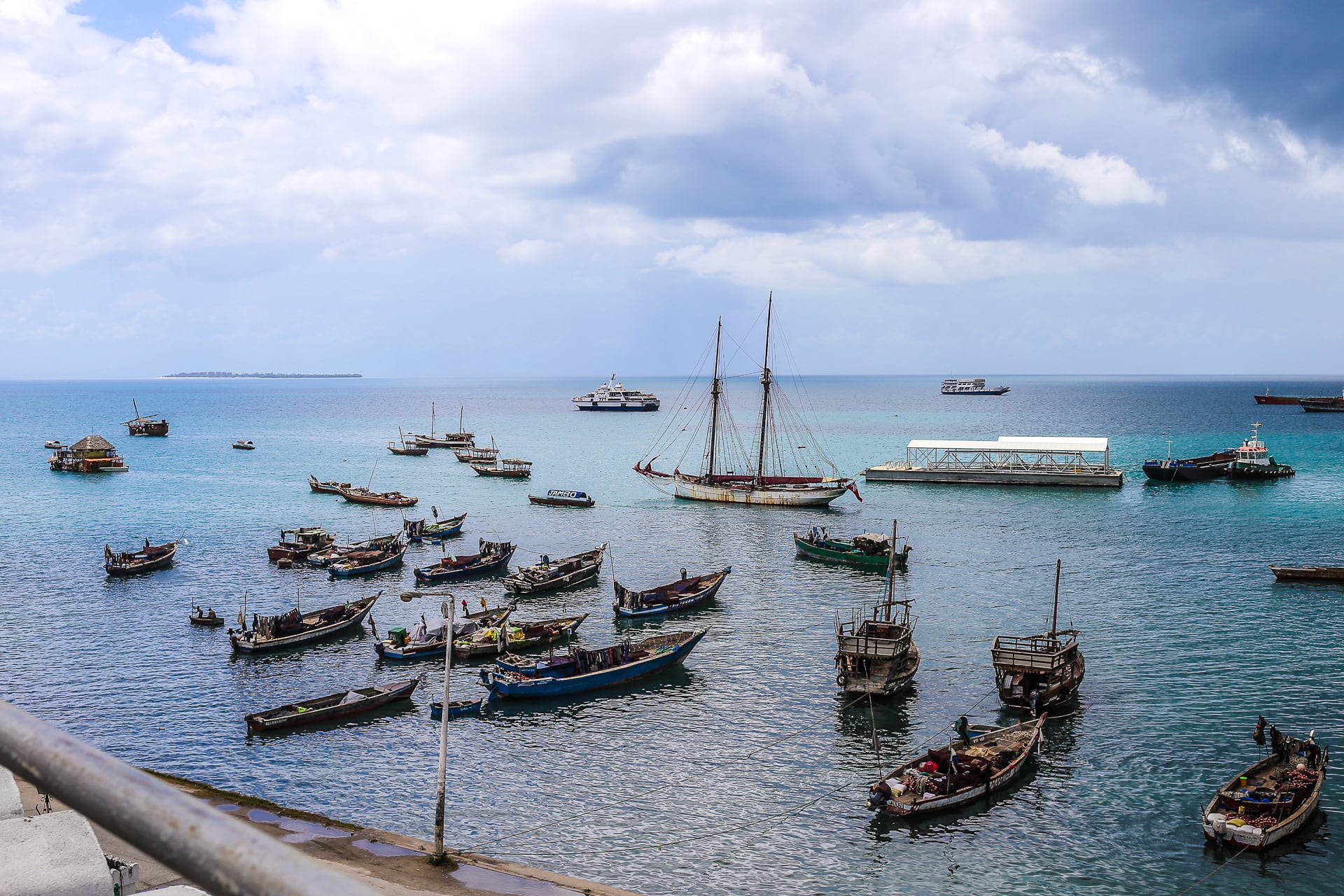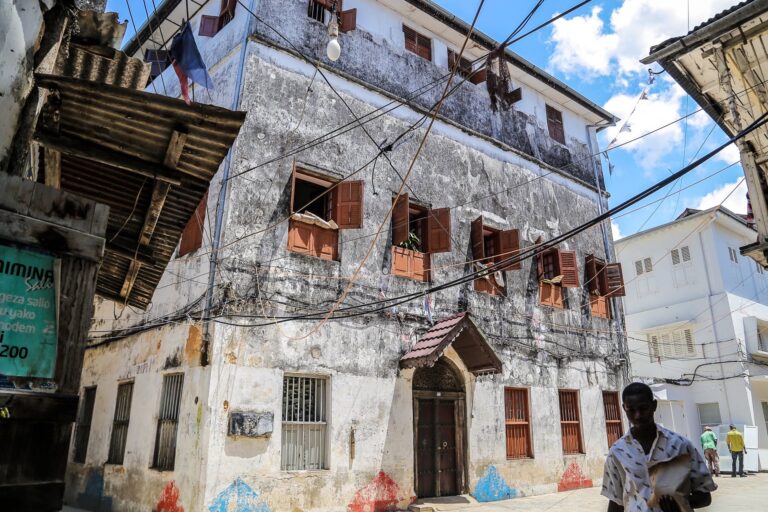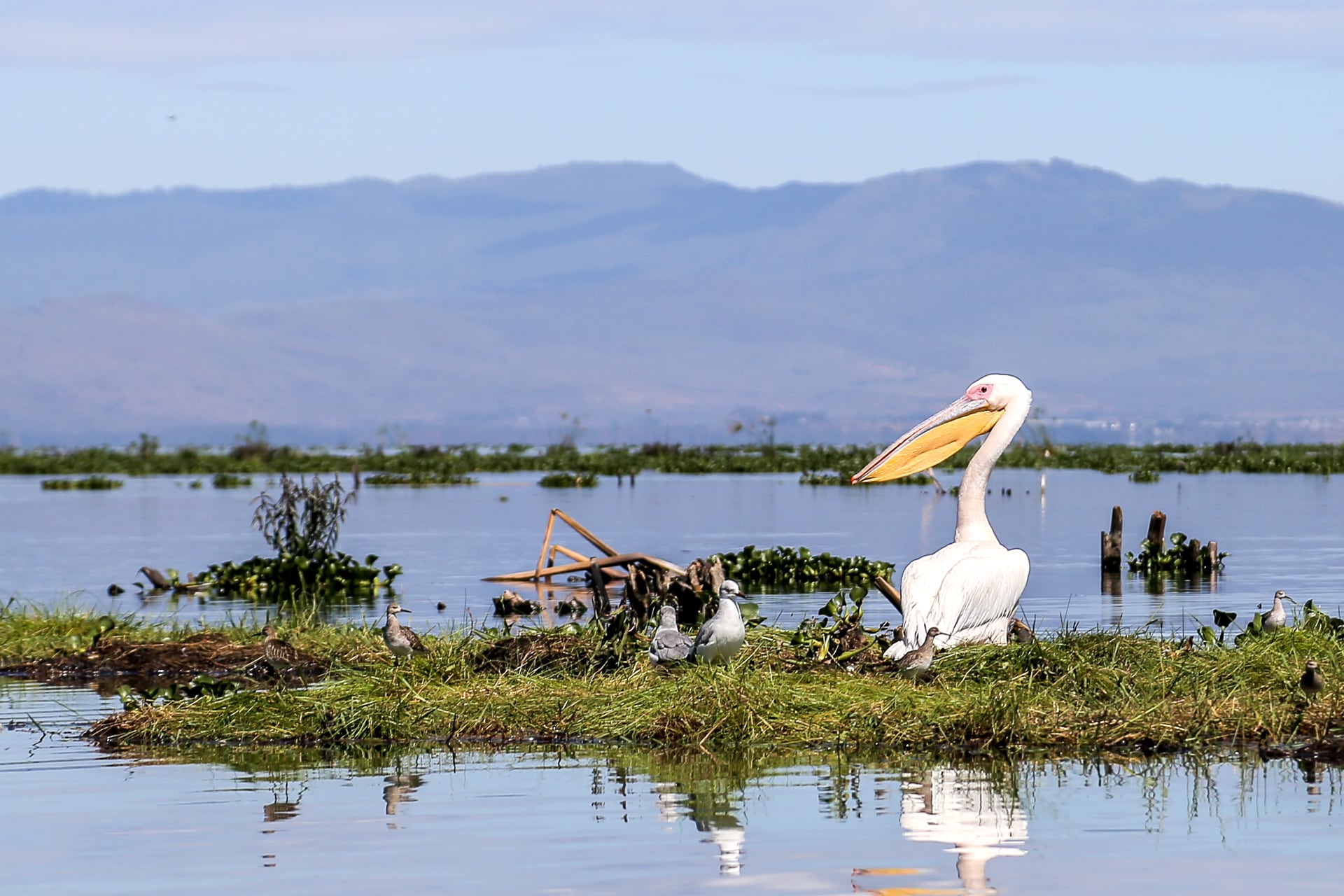After three days in bustling Stone Town, we hoisted our homes back on our backs and headed out into the driving Zanzibari rain, bound for the beach!
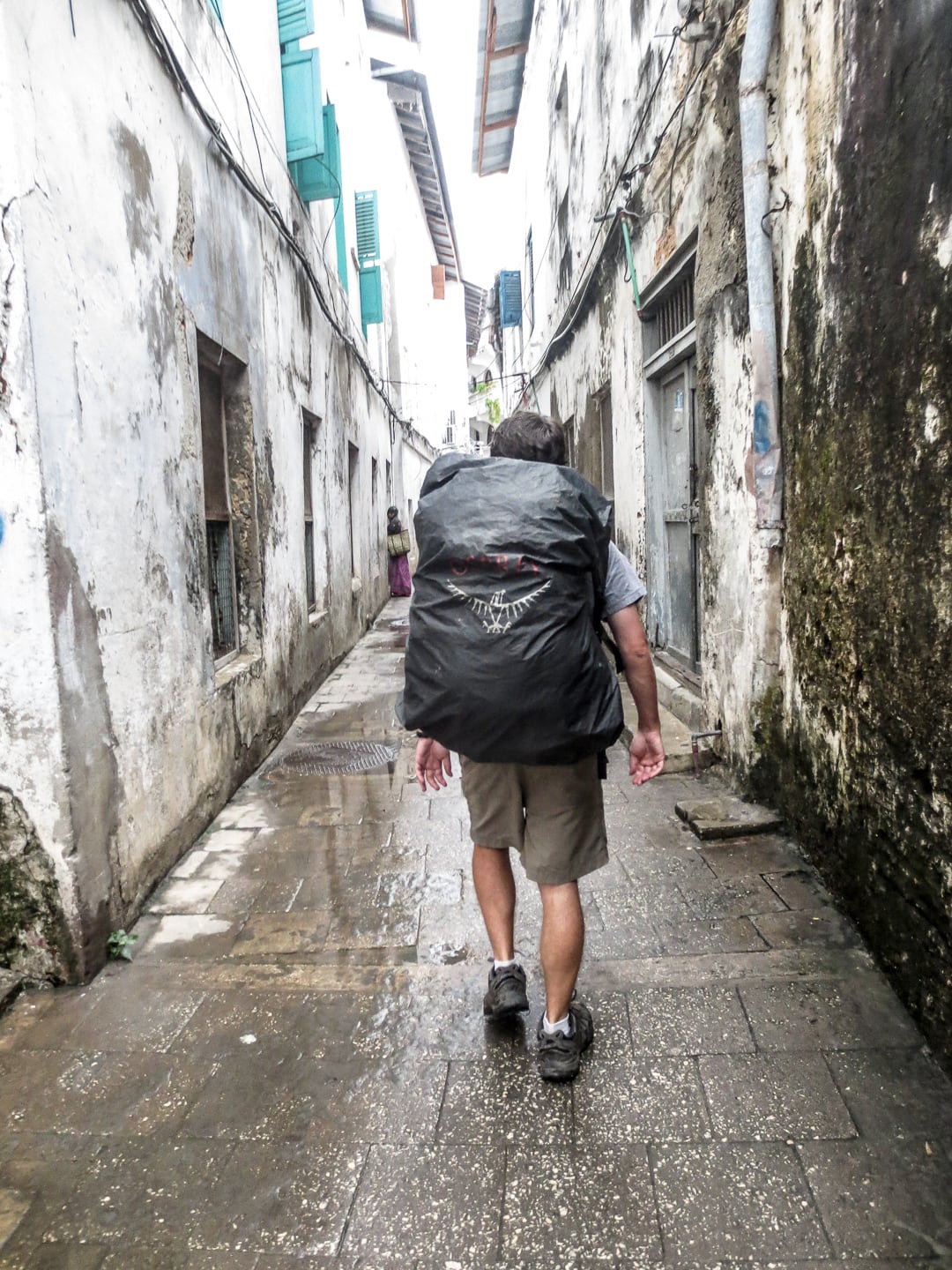
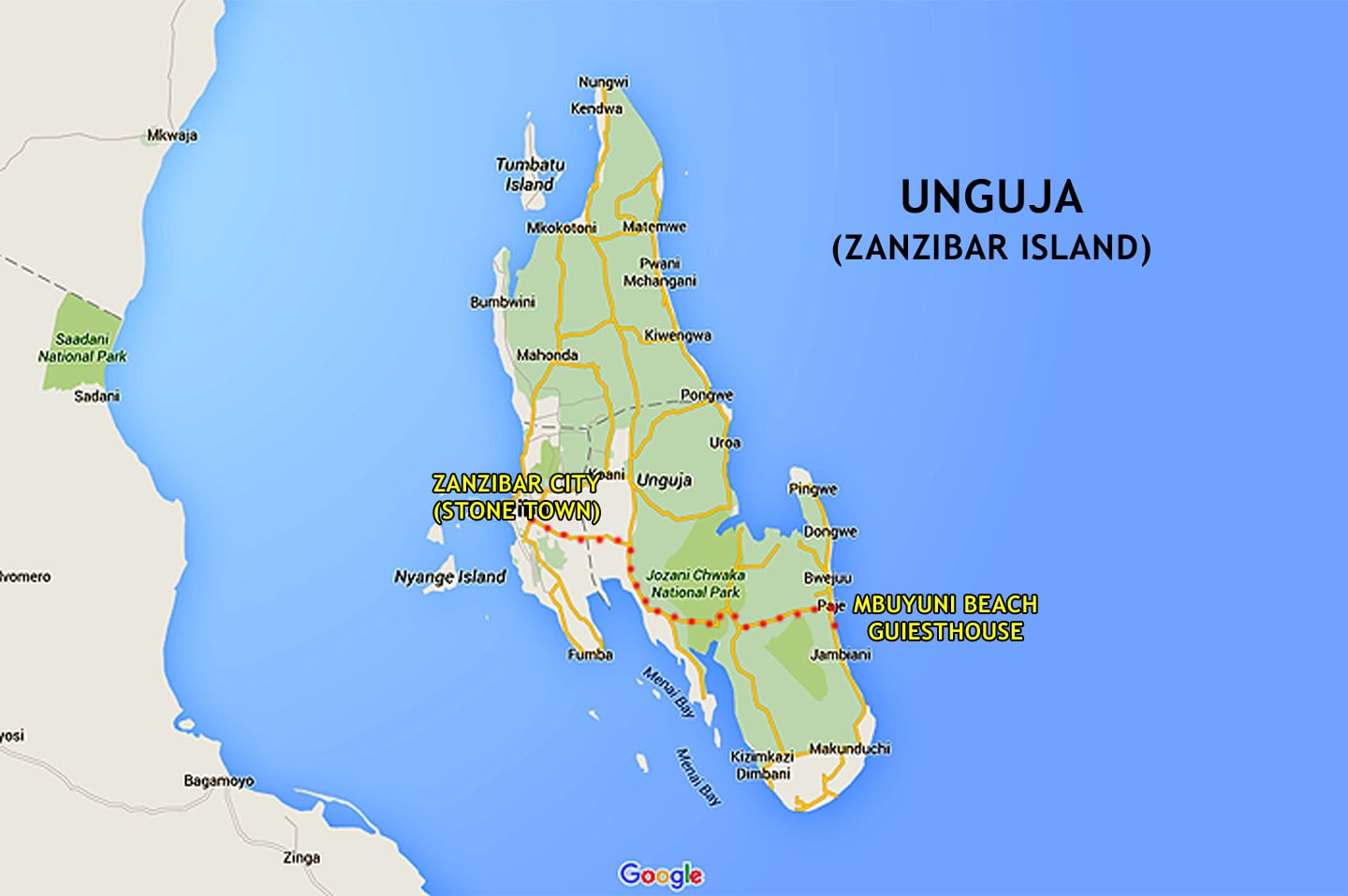
Stone Town to Jambiani by Dala Dala
Zanzibar’s got a LOT of coastline – and a lot of sandy, beachy coastline at that!
The general rule of thumb for beaches on Zanzibar is head northwest for the party, head southeast for a laid back vibe.
We’re headed southeast.
The plan for the day is to catch a Dala Dala to the eastern beaches of the island, which sounds easy enough in theory, but in practice…well…
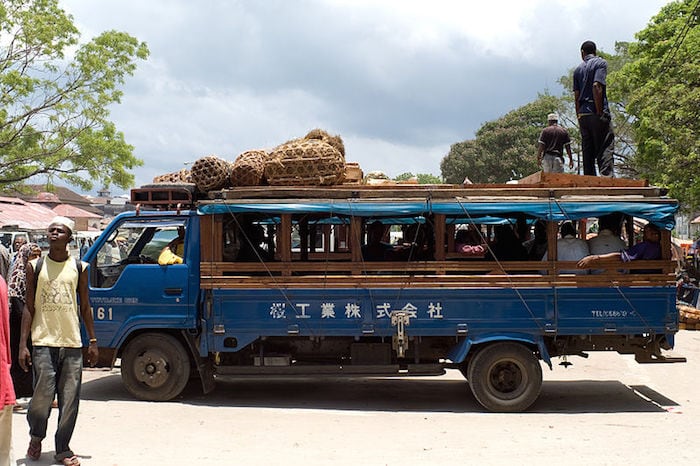
It takes us just under two hours to make the 30 mile trip across the island in the back of a Zanzibari Dala Dala.
Dala Dalas on Zanzibar differ from their mainland cousins in that they are generally converted flatbed trucks (see above) rather than the typical minibus taxi.
The Zanzibar style has a lot more airflow and room to load a lot more random stuff (yay!), but at the expense of comfort.
We are excited at the prospect of taking an open-air ride across the tropical island…that is, until the rain starts coming down in sheets, and tarps are released on both sides of the truck to cover the windows, making for a sticky, stuffy, sweltering and cramped couple of hours.
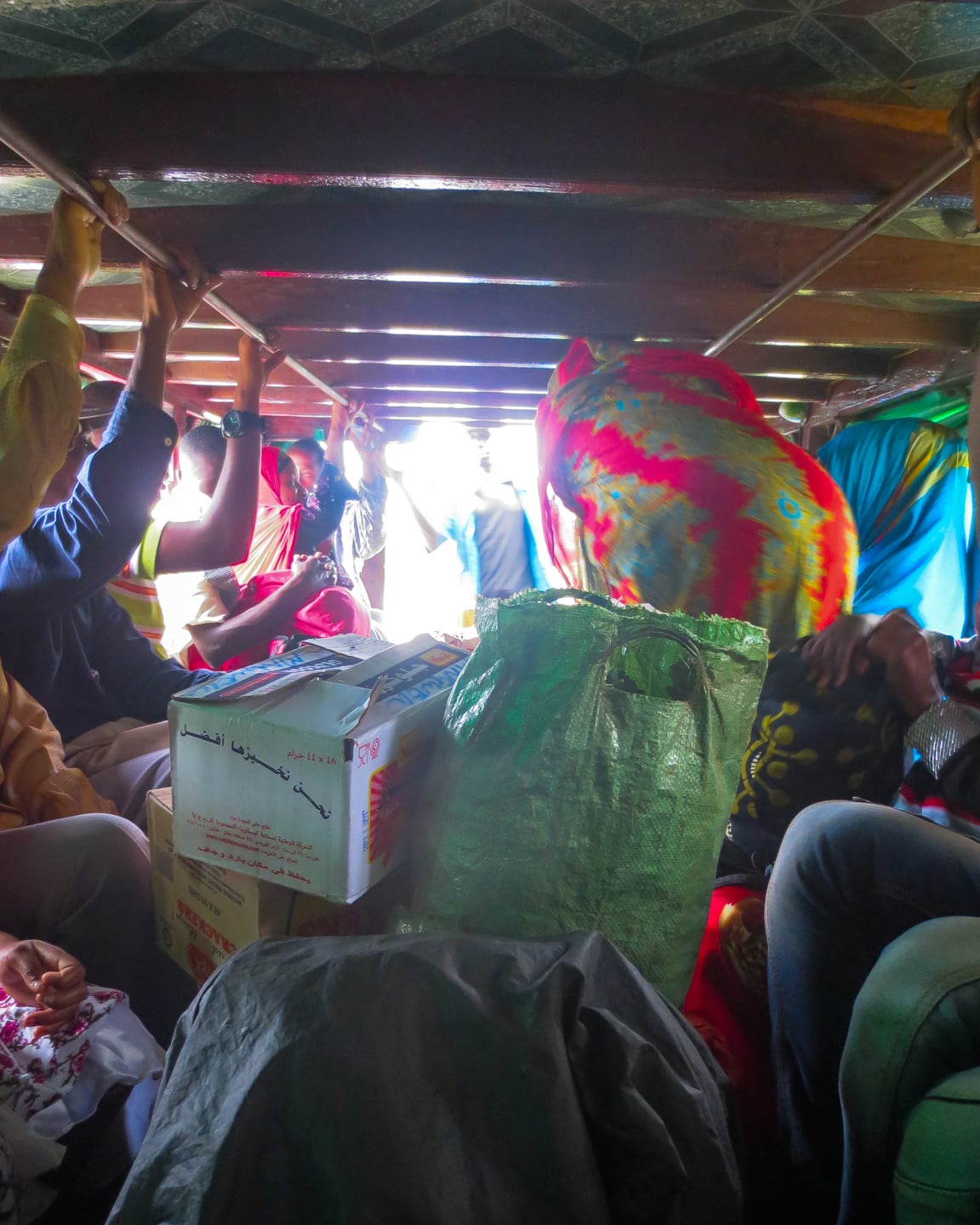
Still, at just a few bucks each, the price is hard to beat.

Eventually, the tarps are lifted, offering a welcome sea breeze and vignettes of daily life passing by us at an unhurried pace.
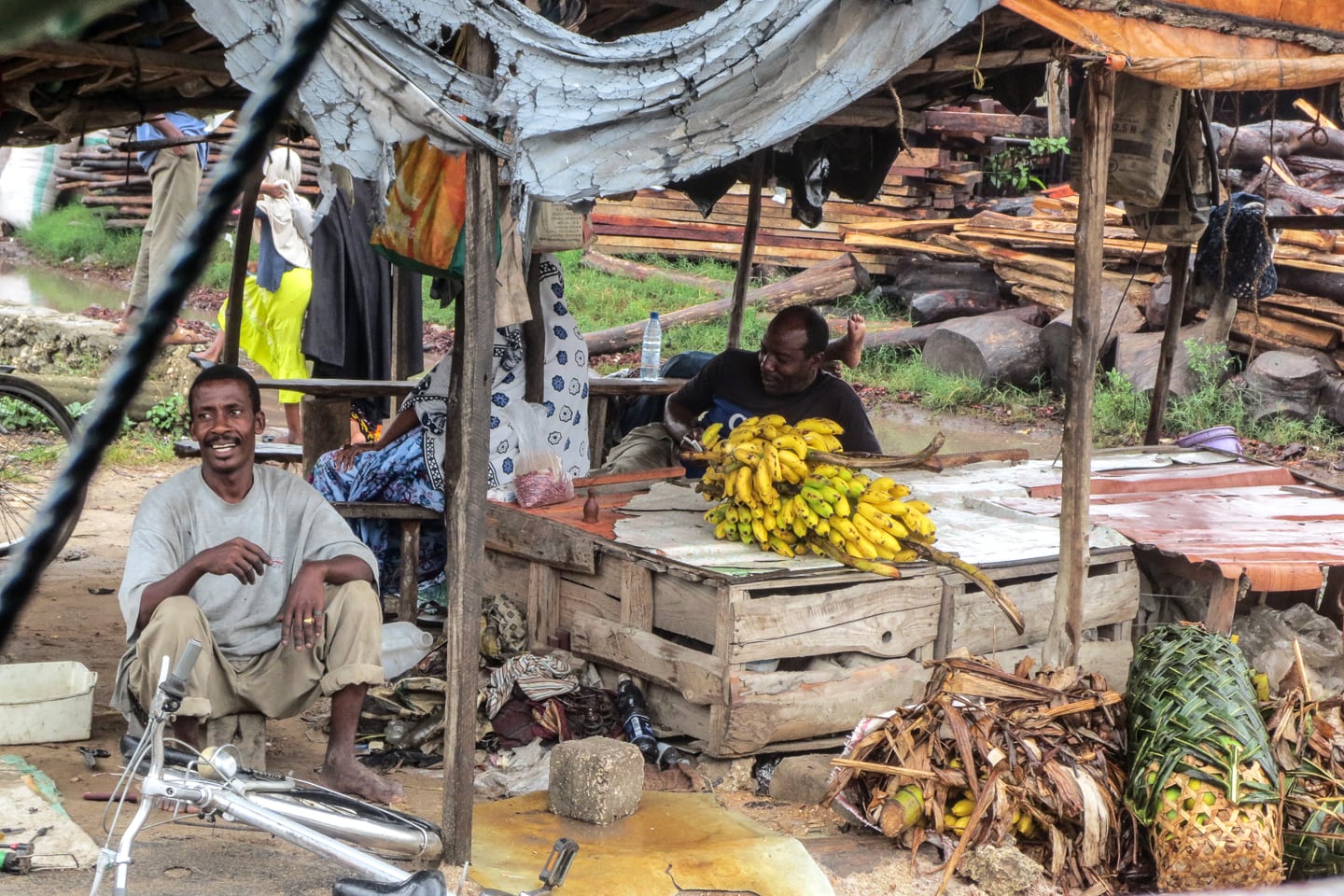
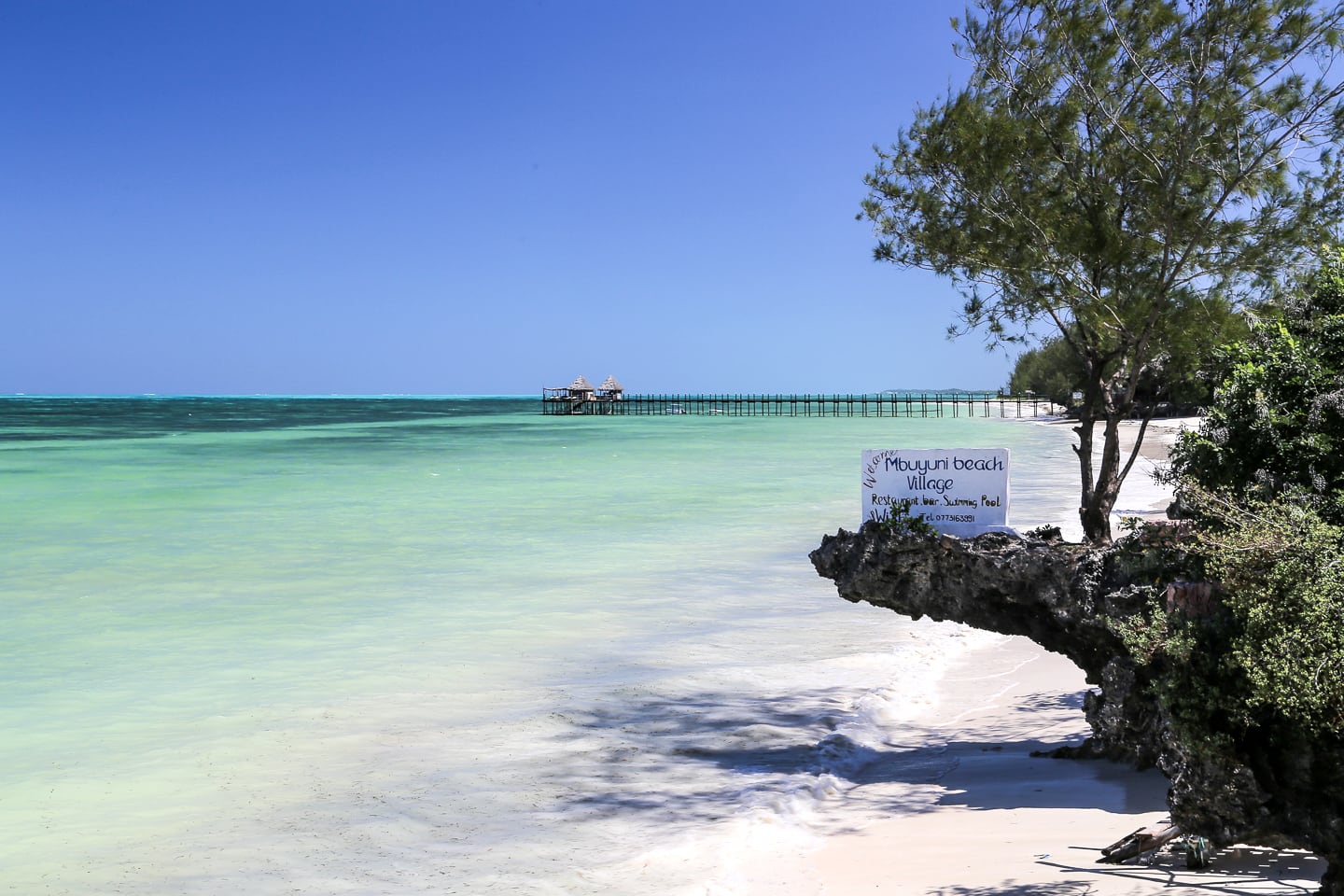
Arrival at Mbuyuni Beach Village, Jambiani
We roll up to our hotel, Mbuyuni Beach Village, in the middle of a torrential downpour and start to wonder what we’ve gotten ourselves into.
But, before long, the skies clear and it remains perfect beach weather for the rest of our stay! (which, incidentally, ends up being a lot longer than we planned on)
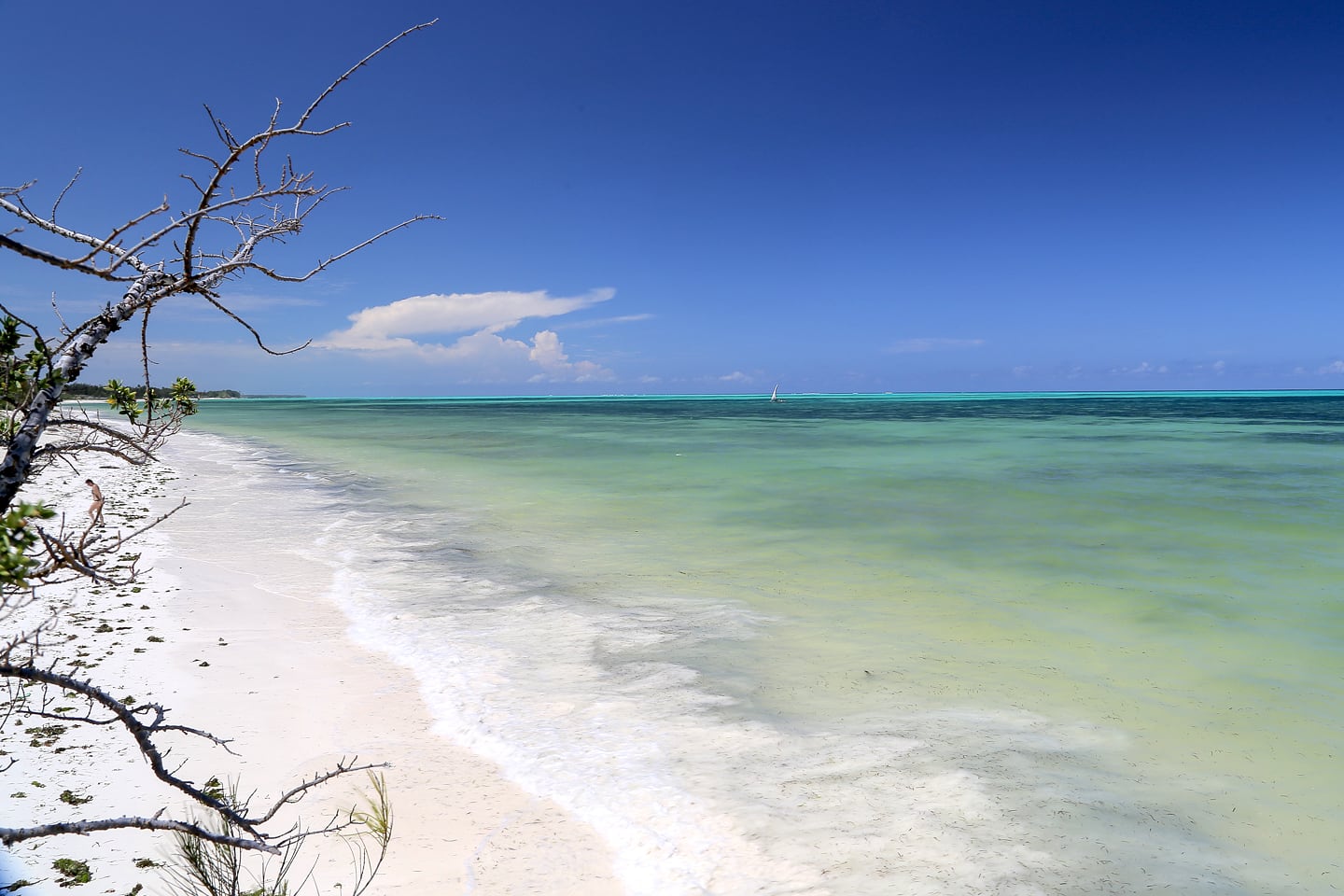
Boy, did we luck out with this place!
We’ve heard great things about the villages of Jambiani and Paje and initially tried to find a nice and simple place between the two.
While we were still in Mozambique, I did a bit of research and came across a little known “resort” between the two villages that looked too good to be true: Private cabana with indoor bathroom, onsite restaurant with a well-priced and tasty looking menu, and a pool, right on the beach — all for about the same price as we were paying for 50-year-old concrete dumps in Mozambique! I was shocked!
Once we got to Tanzania, however, we learned that the reality is that you just get a lot more value in Tanzania, for a variety of reasons, which shouldn’t come as a surprise. But just how much MORE value is what is really astonishing.
On the heels of the whole Pemba ordeal in which we were confined to a beach “resort” and forced to pay exorbitant prices to feed ourselves, we nearly wept tears of joy after checking in to Mbuyuni.
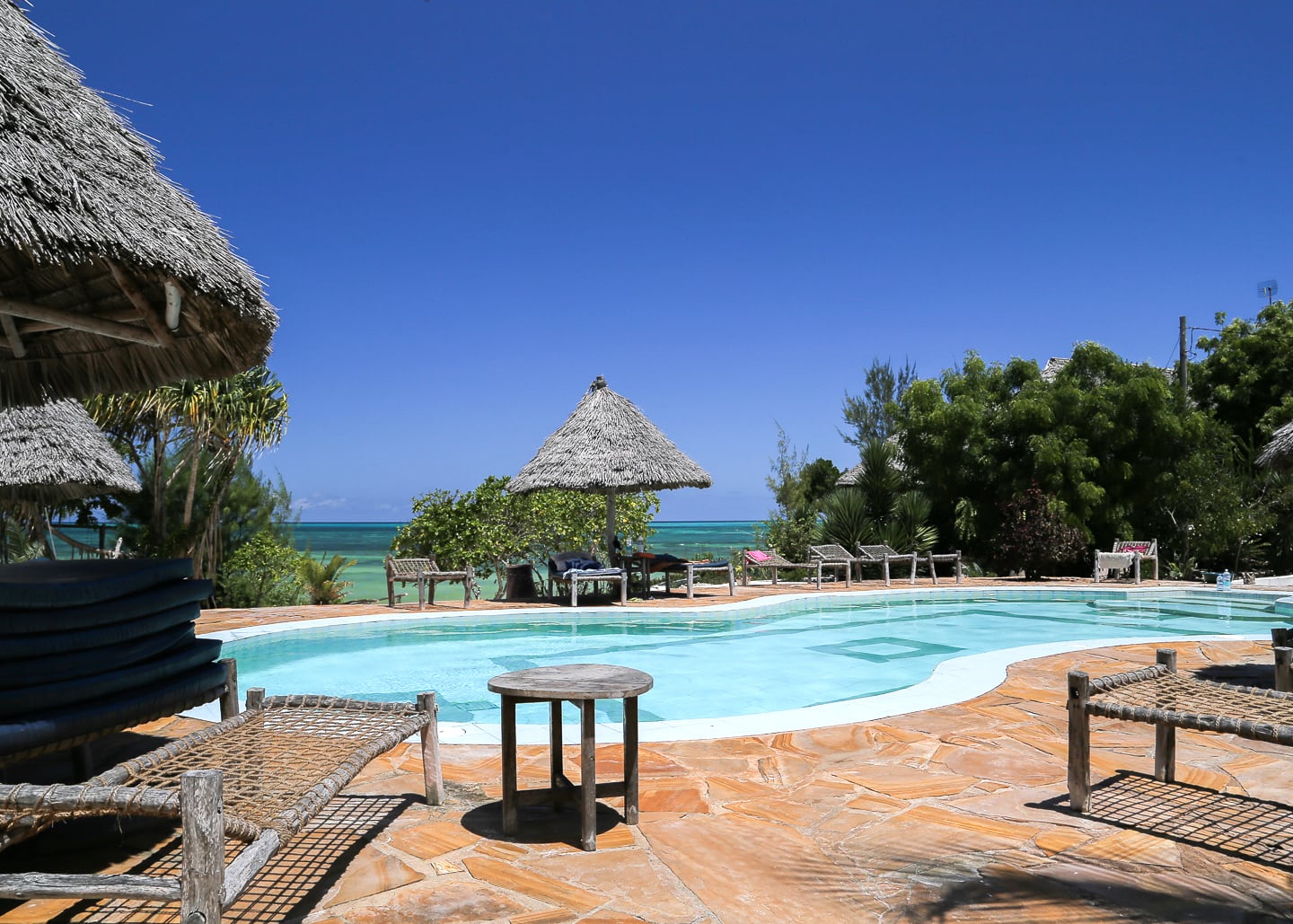
In all of our travels, Lori and I had never stayed at a place with a pool near the sea. To be honest, we never really got the point.
Here it makes sense, given that the sea can go several hundred yards out at low tide. And at high tide, it can be a little rough and cloudy.
But in between, the water is perfect. When it’s not, there’s the pool!
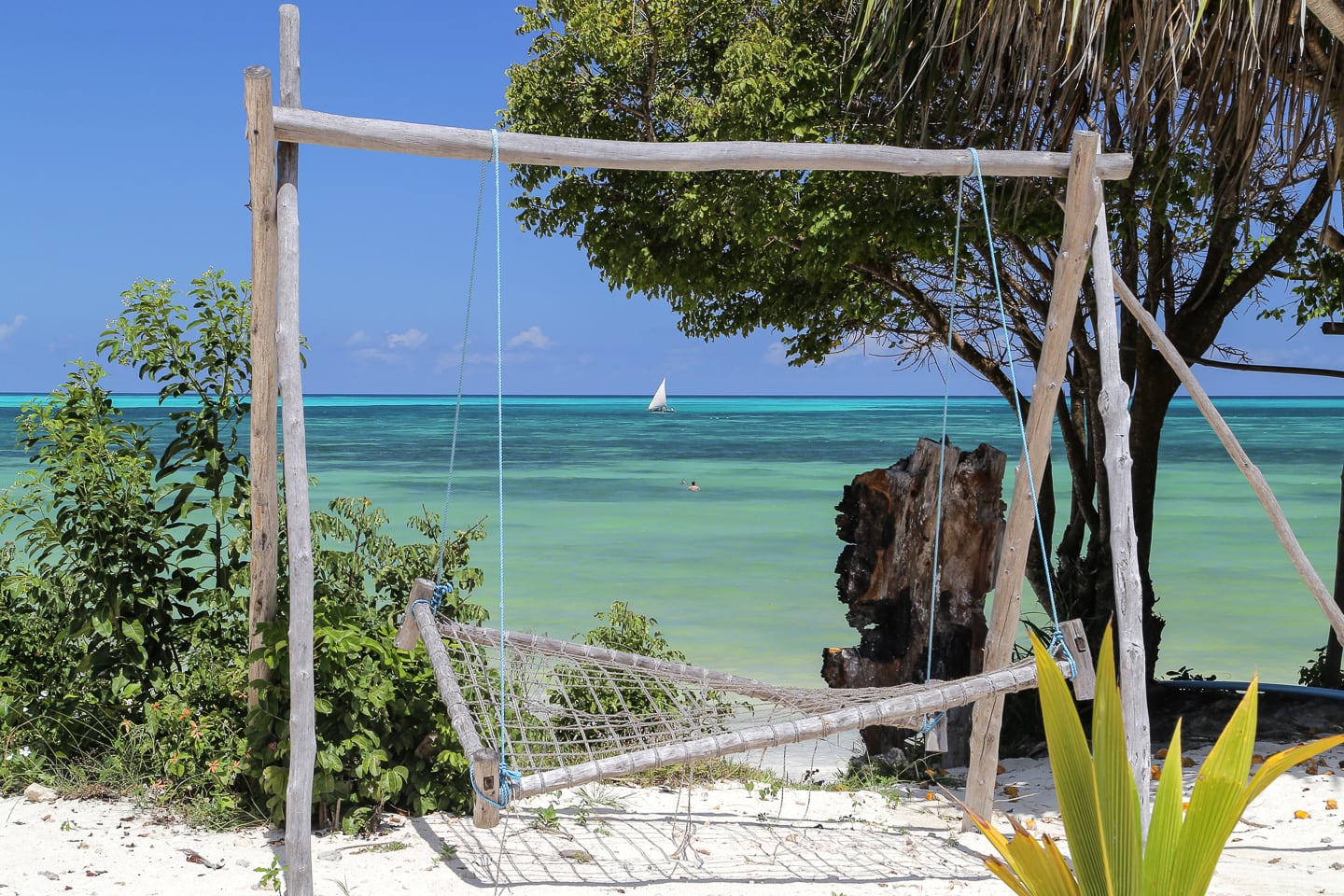
…And a variety of hammocks and chairs smattered about the property.
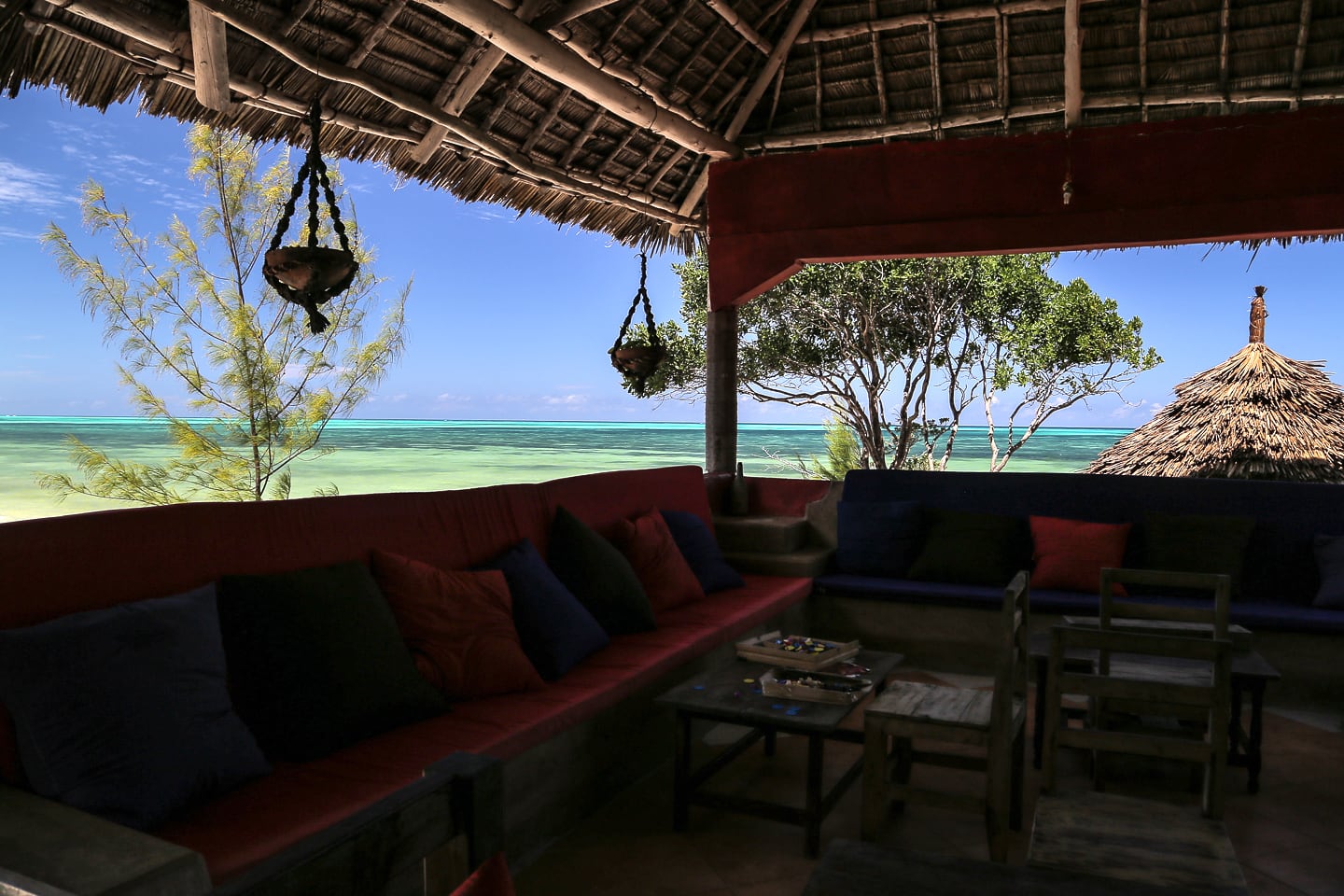
The entire grounds offers myriad options for relaxing and enjoying our surroundings.
So many choices for lounging, and sipping, and reading, and napping, and swimming…
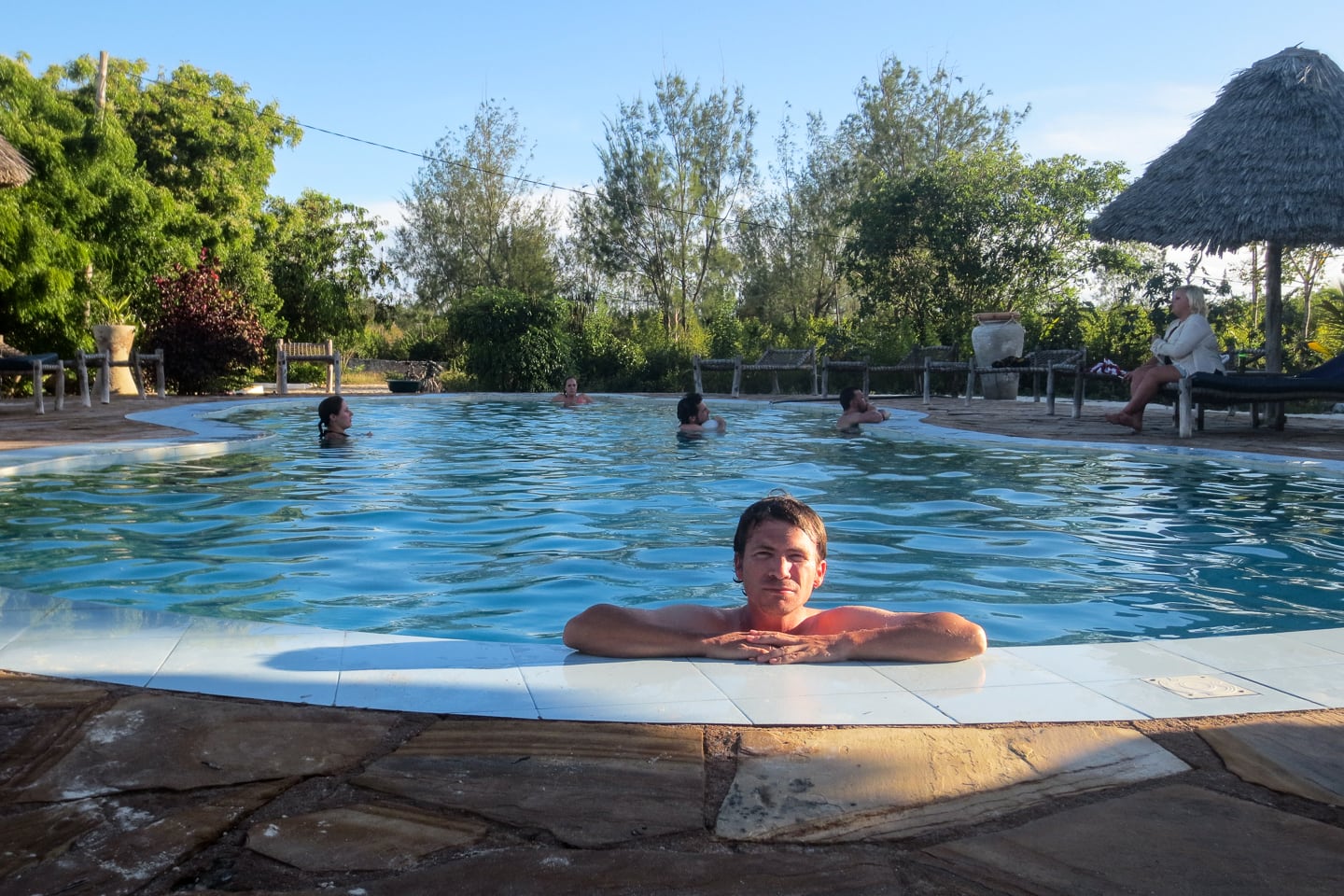
…and eating…
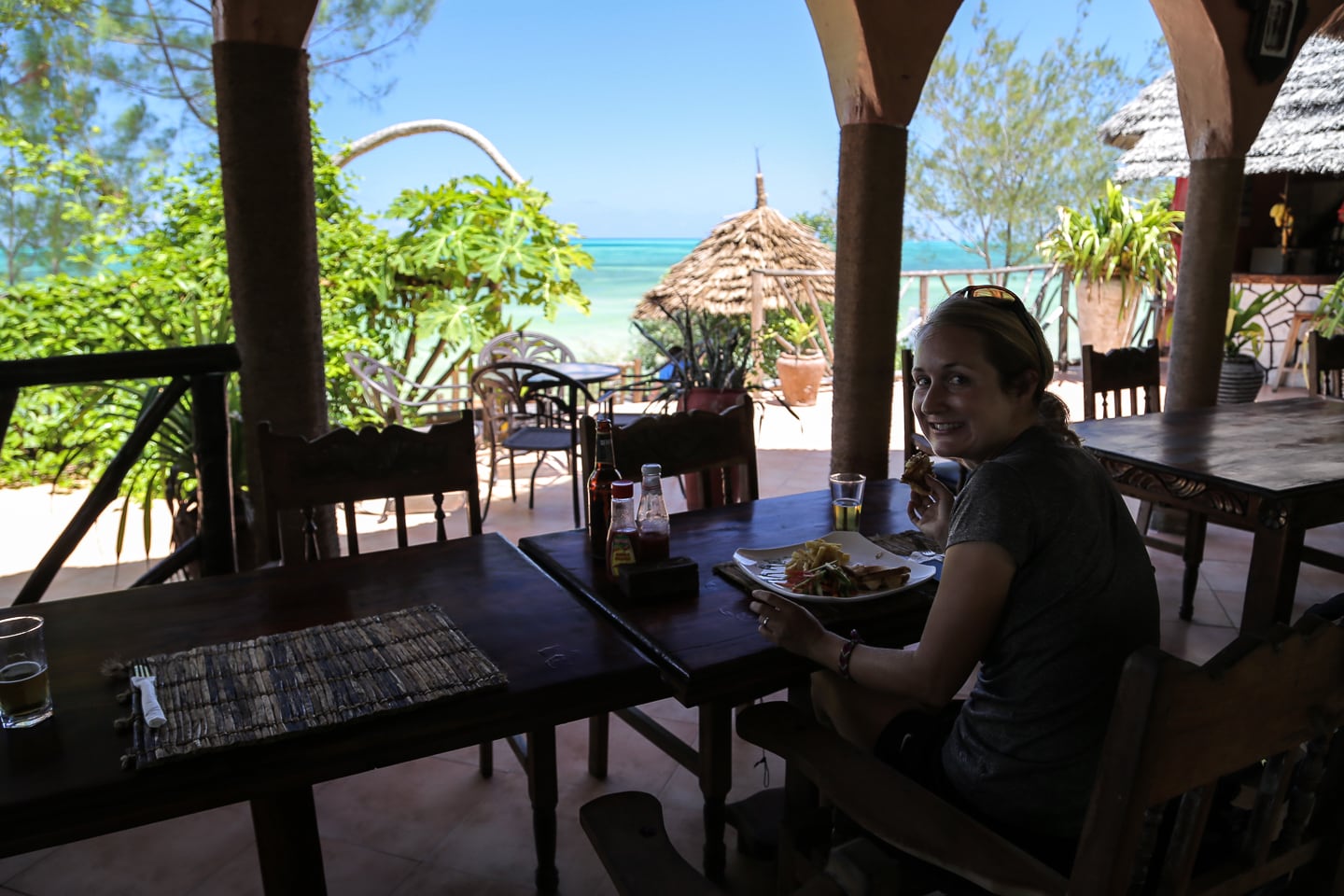
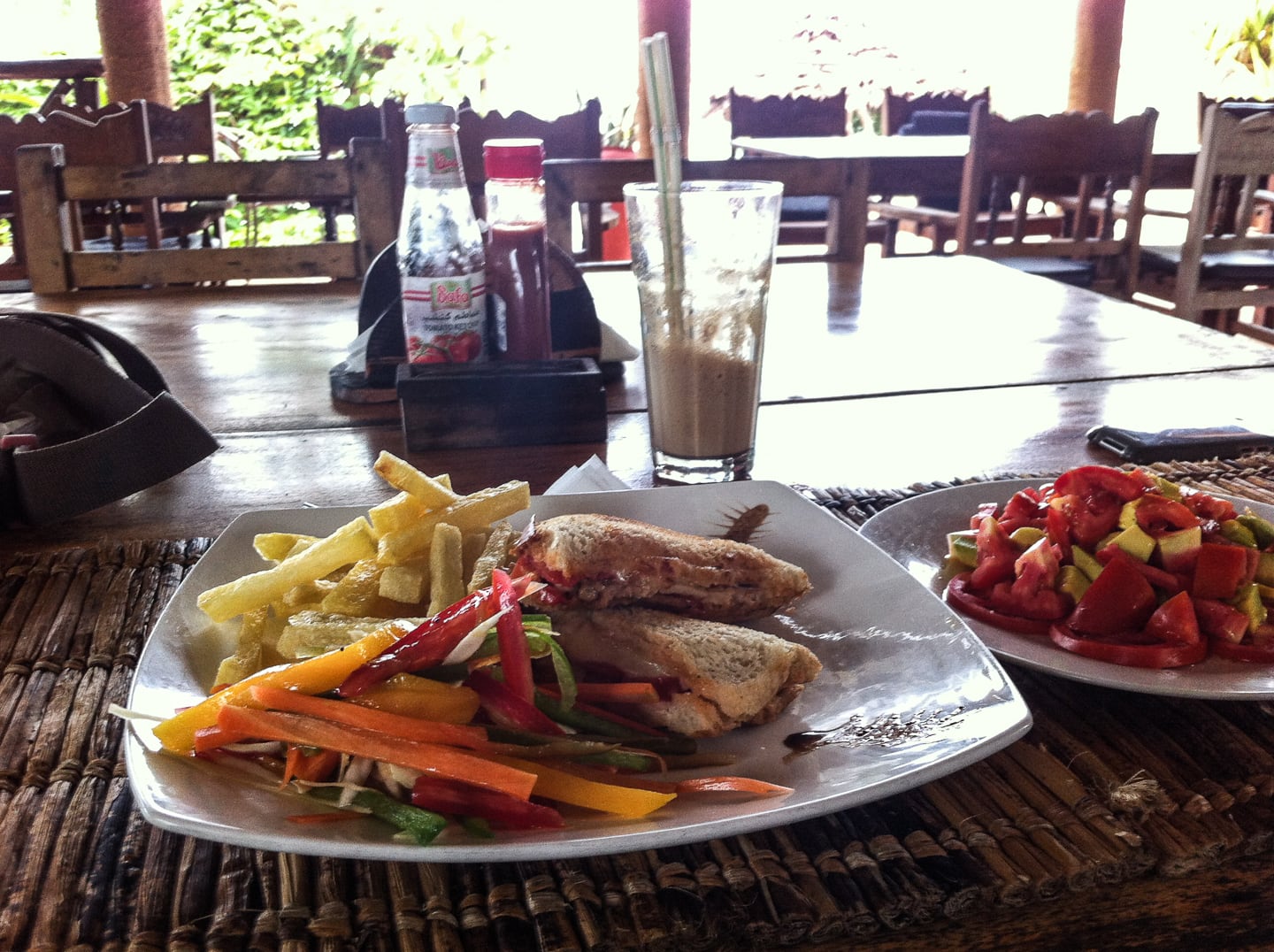
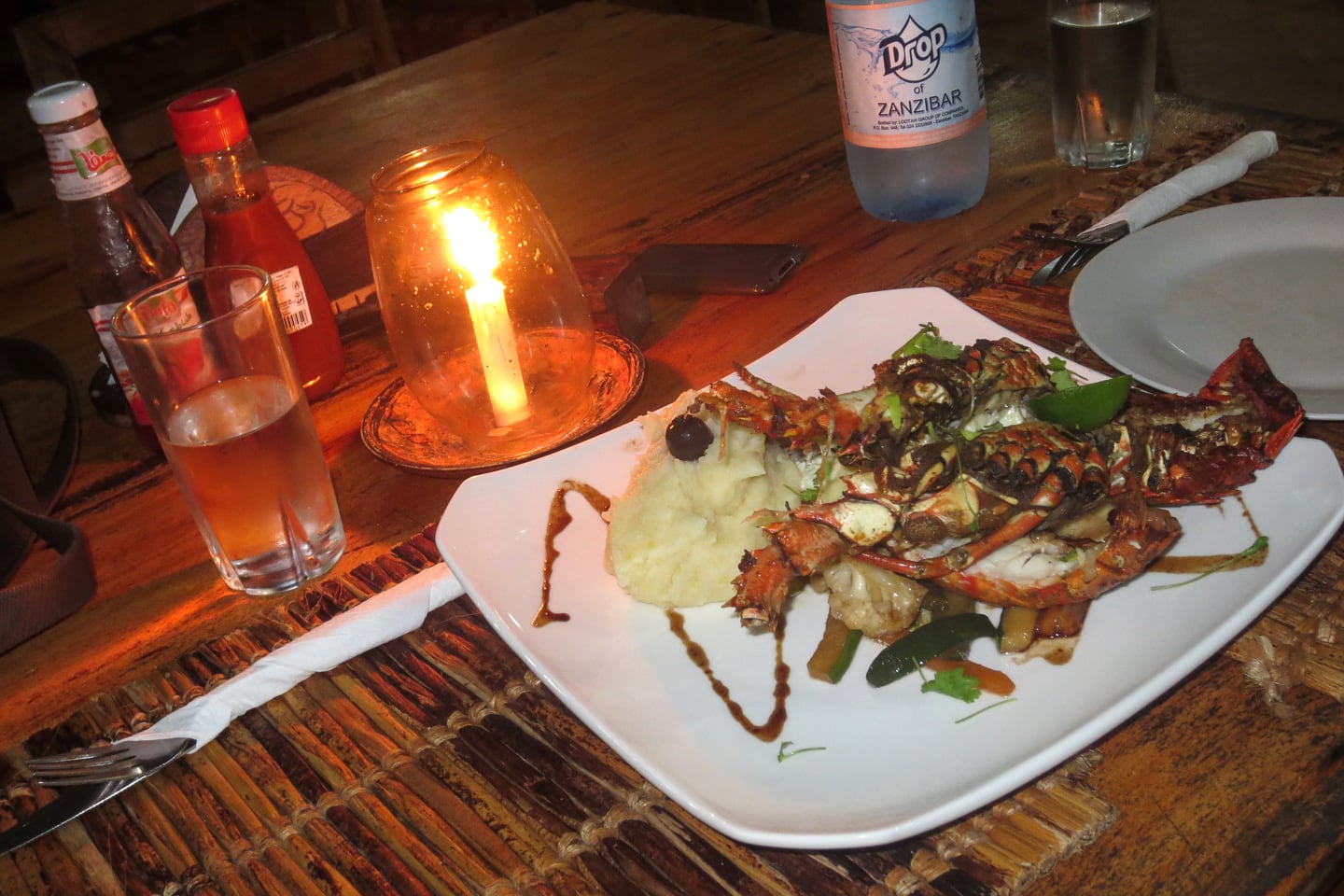
And of course, every morning, breakfast is INCLUDED.
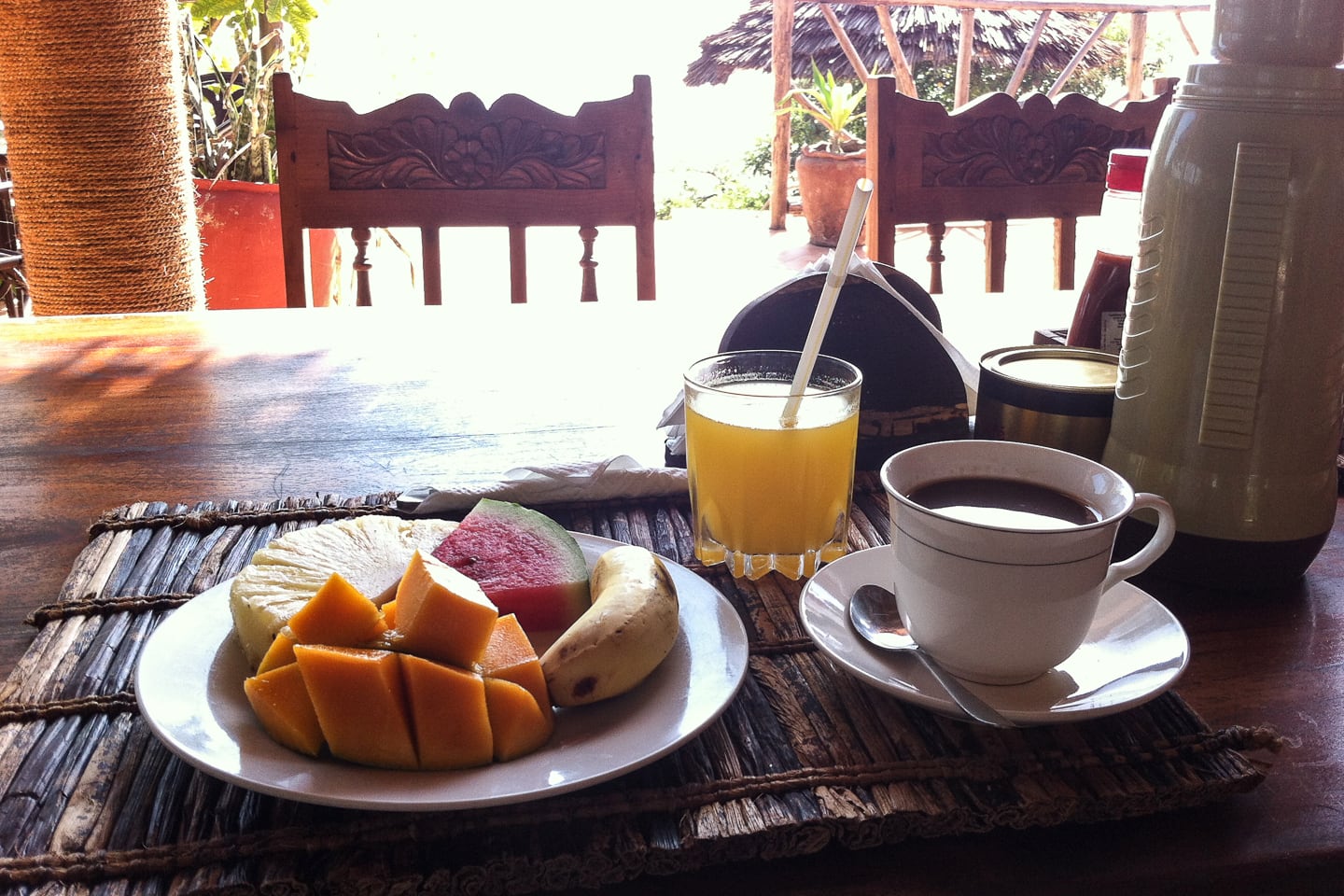
But not just any breakfast, a huge, delicious, fresh and healthy breakfast (this is only half of it — then, they bring out the cook-to-order omelet, the crepes, the toast, sausage links…).
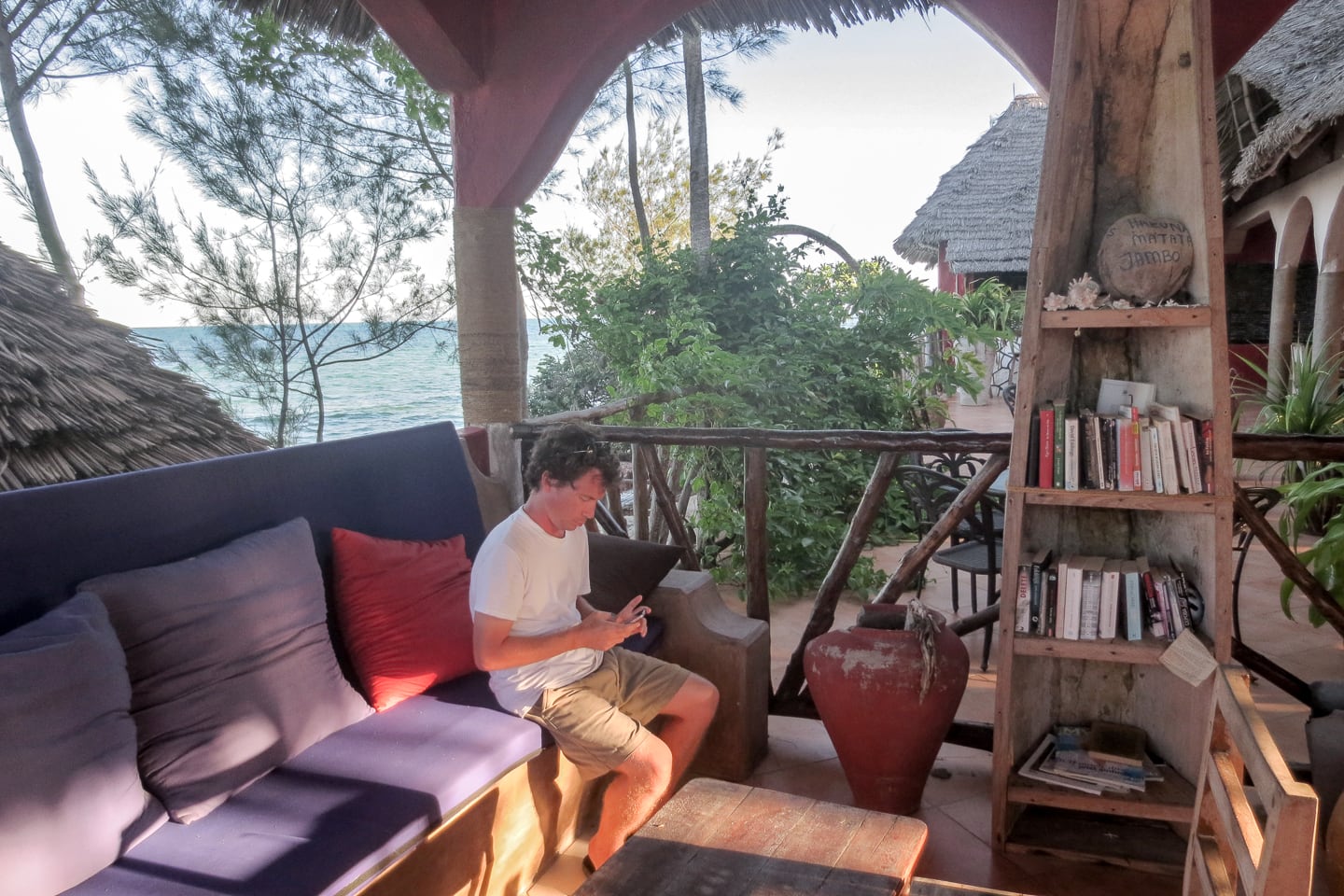
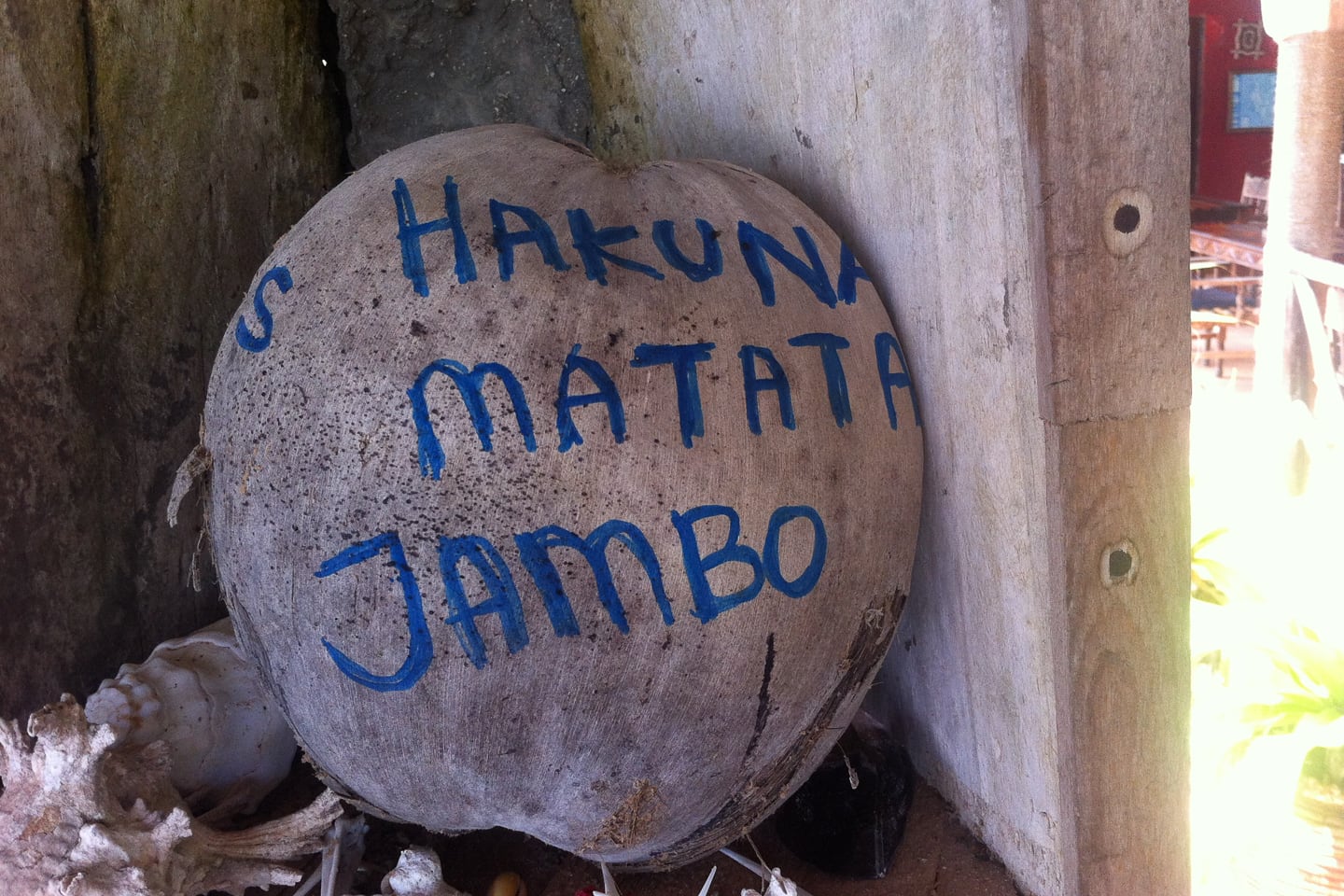
We initially booked three nights at Mbuyuni, which would have amounted to seven days total on Zanzibar.
Well, that totally flew out the window on our second day.
Less than 24 hours here and I was on the phone with Precision Air adding four more days to our time on Zanzibar.
And…four days later, I’m on the phone again adding three more days!
Ultimately, we end up spending 10 nights at Mbuyuni Beach Village!
We’ve traveled enough to know to seize a good thing when we find it, and that’s exactly what we’ve done here.
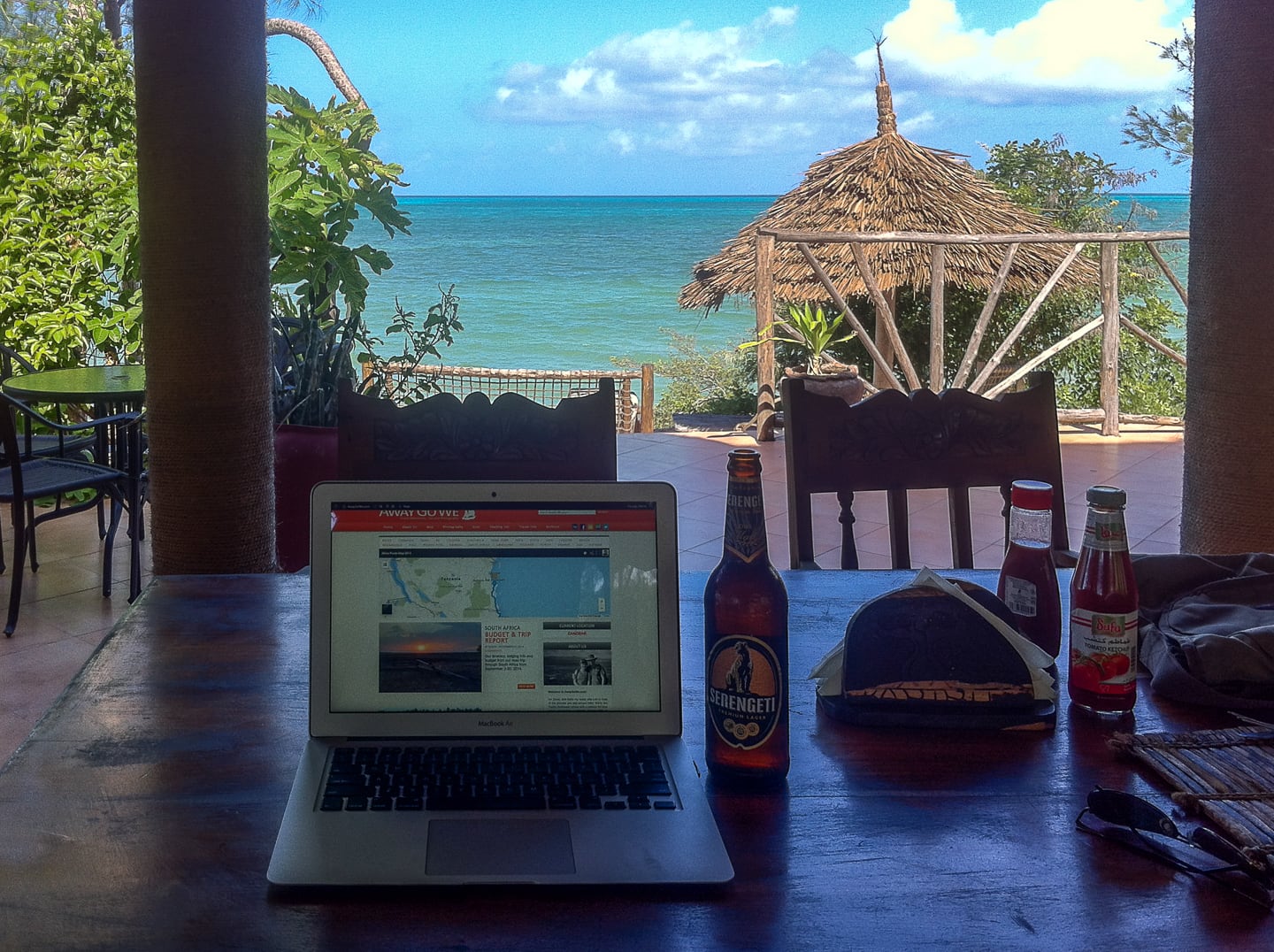
The second call to the airline is also owing to the fact that Lori had come down with the flu a few days in.
She’s been out of commission with a low-grade fever and tiredness for four days, so extending the trip allows us both time to enjoy the beach when she’s well again.
No sense in rushing these things if you don’t have to…
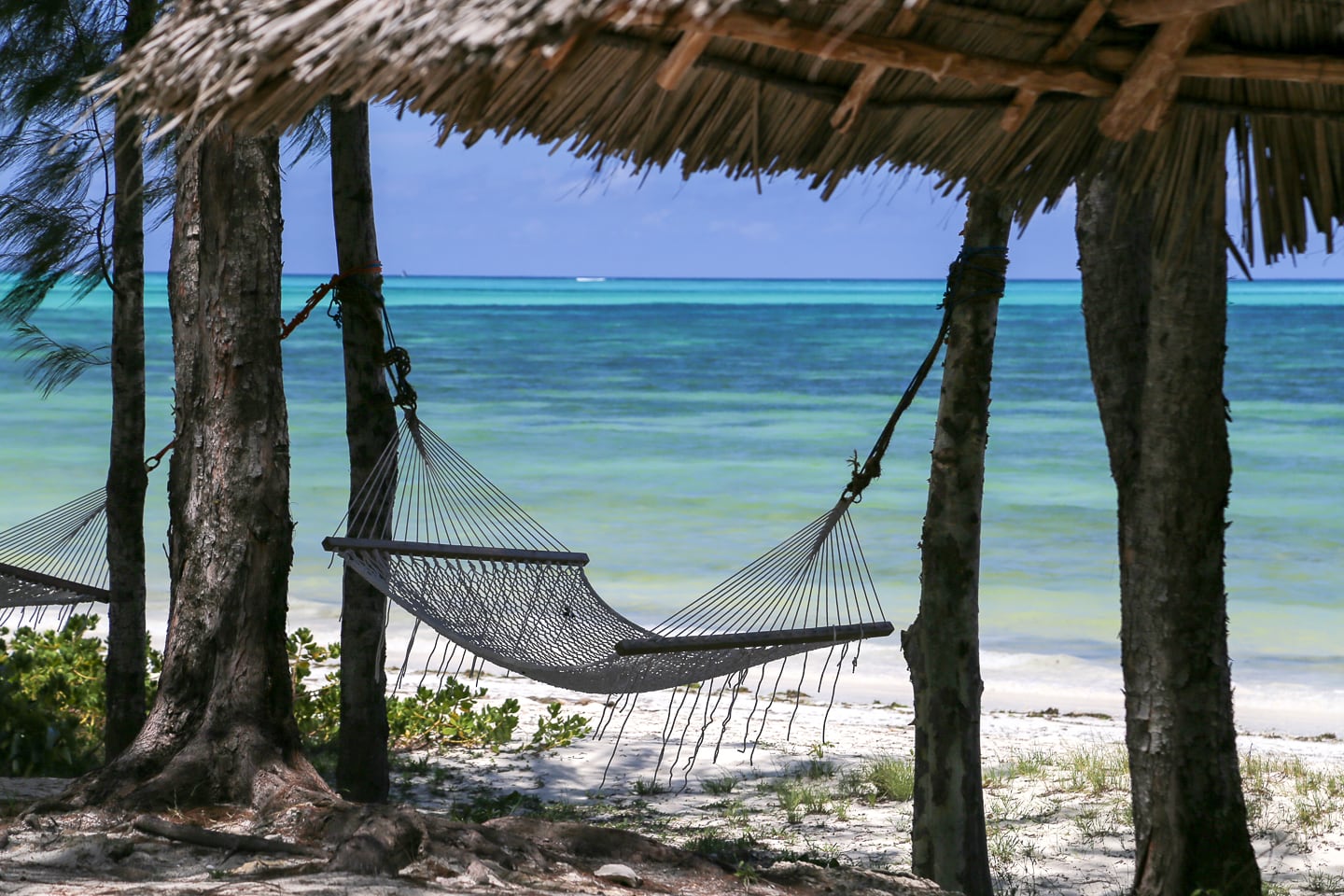
I also have to give mad props to Precision Air (pun intended!) as they do seem to run a pretty darn professional outfit there.
They charge a US$29 flat fee to amend a reservation (dates, airport, whatever), no matter how much your tickets cost, and as many times as you want to!
Plus, they’ve got a fairly responsive customer service center. But make sure your money is spotless — new U.S. bills only — or God help you! (as we discovered on the trip over here)
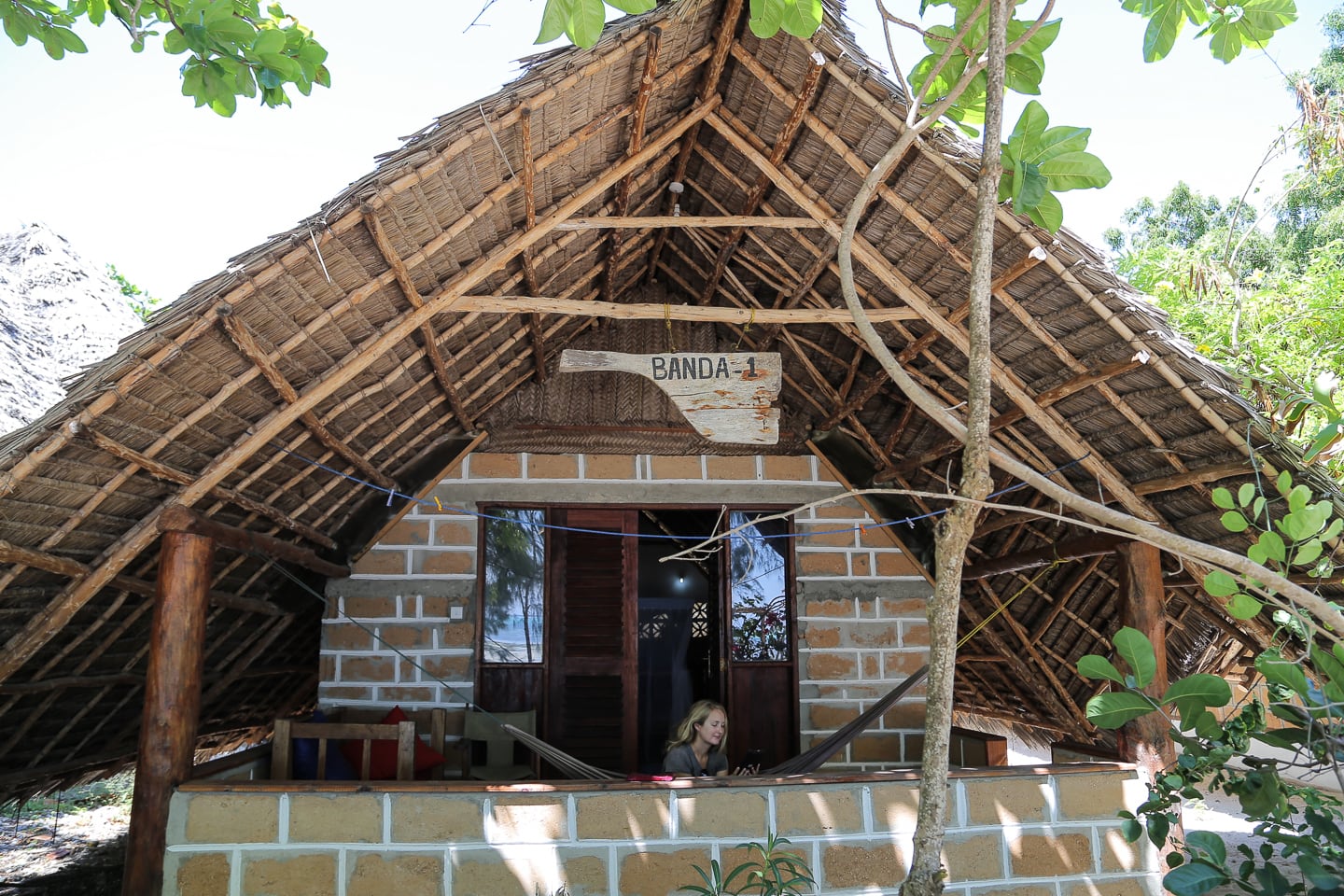
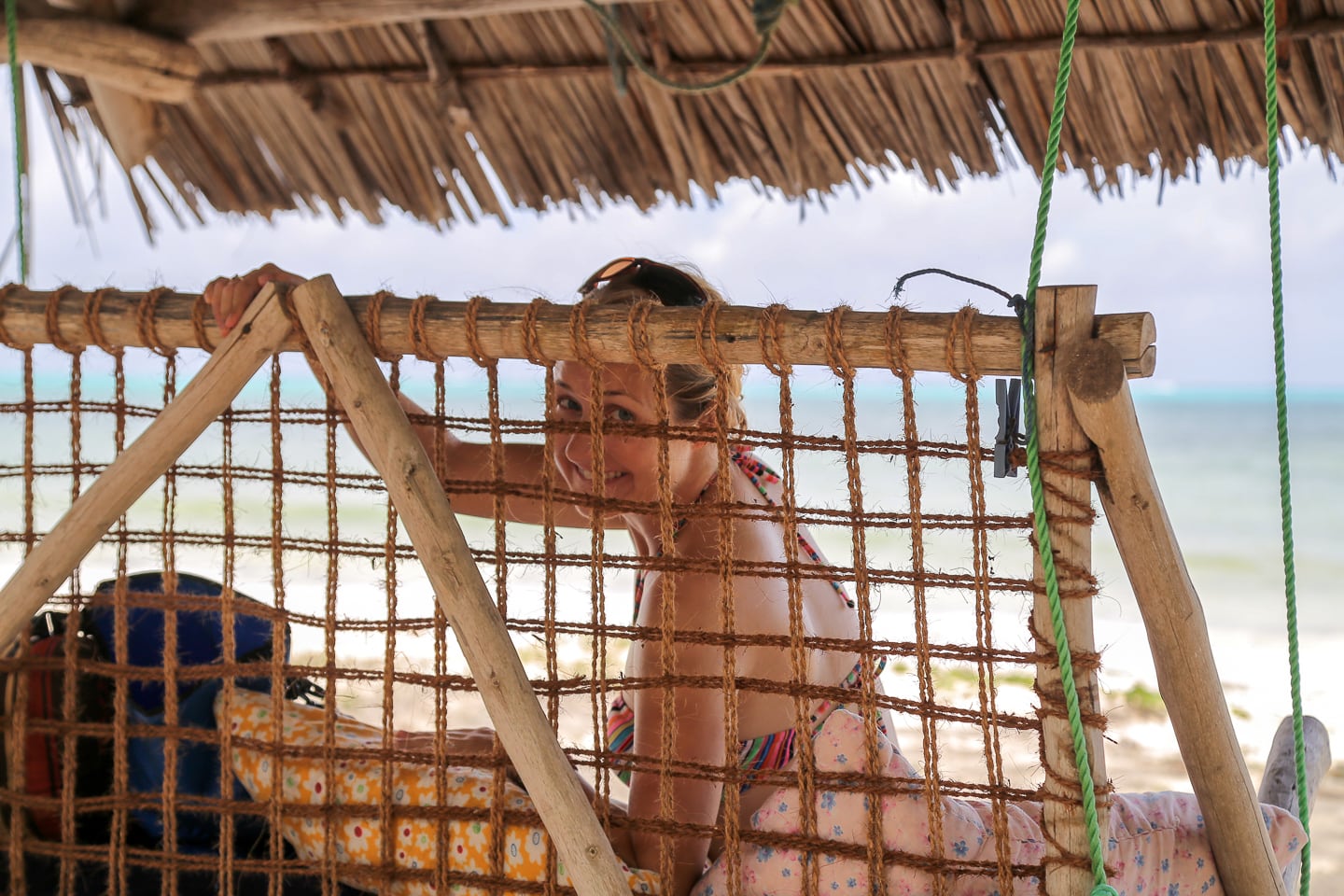
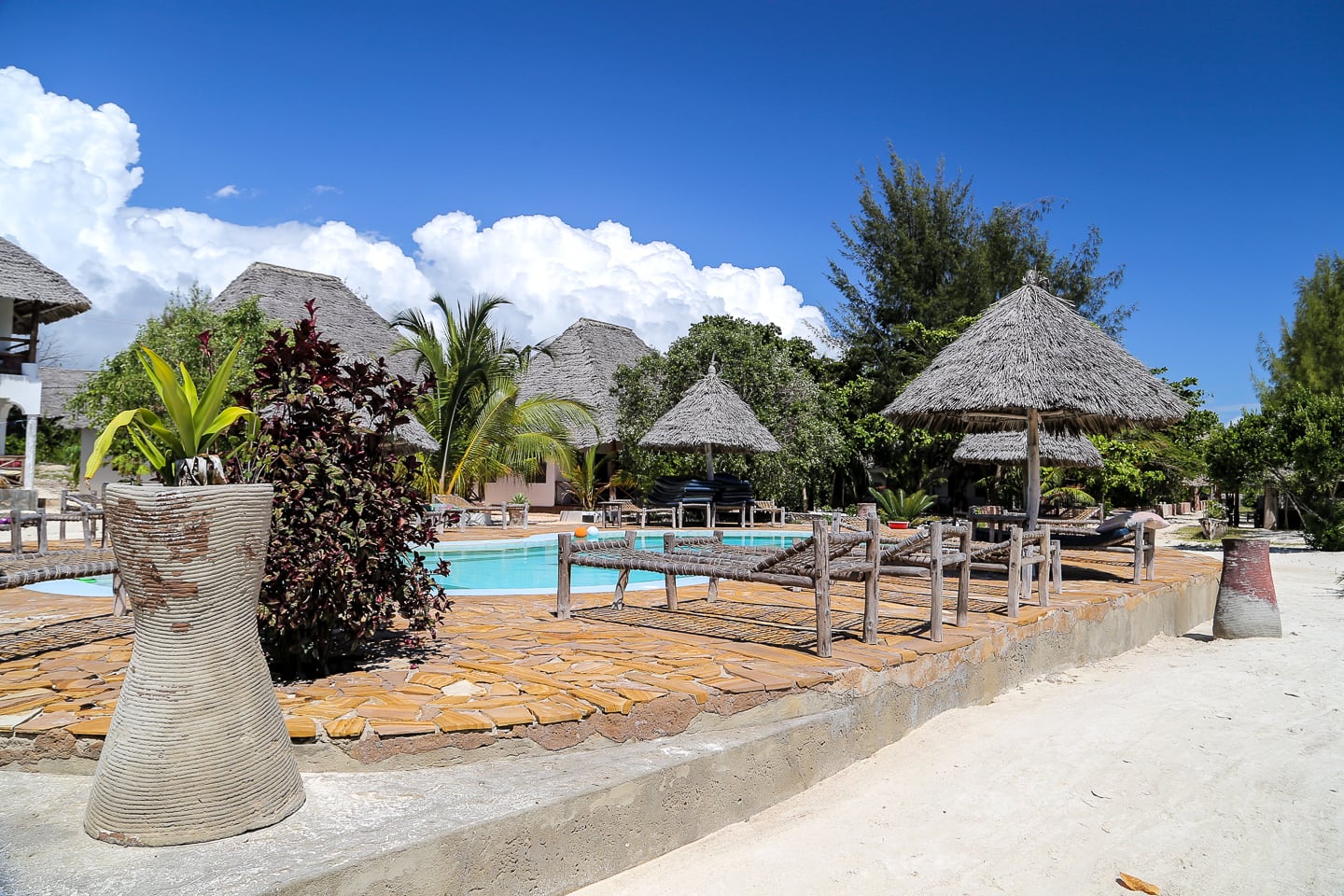
Lastly, we found all the staff at Mbuyuni to be extremely professional, incredibly helpful and friendly locals from the island.
Who could ask for more?
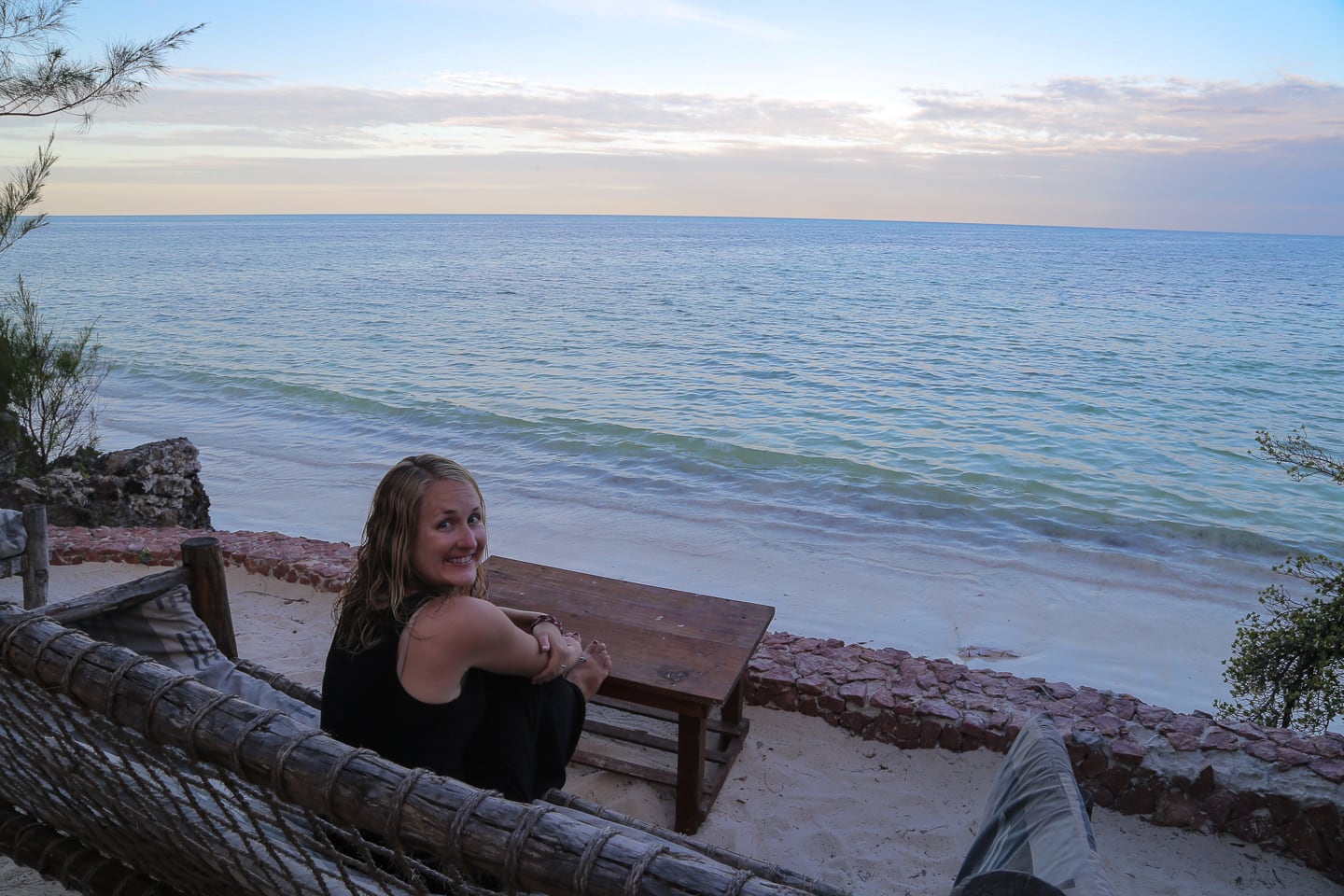
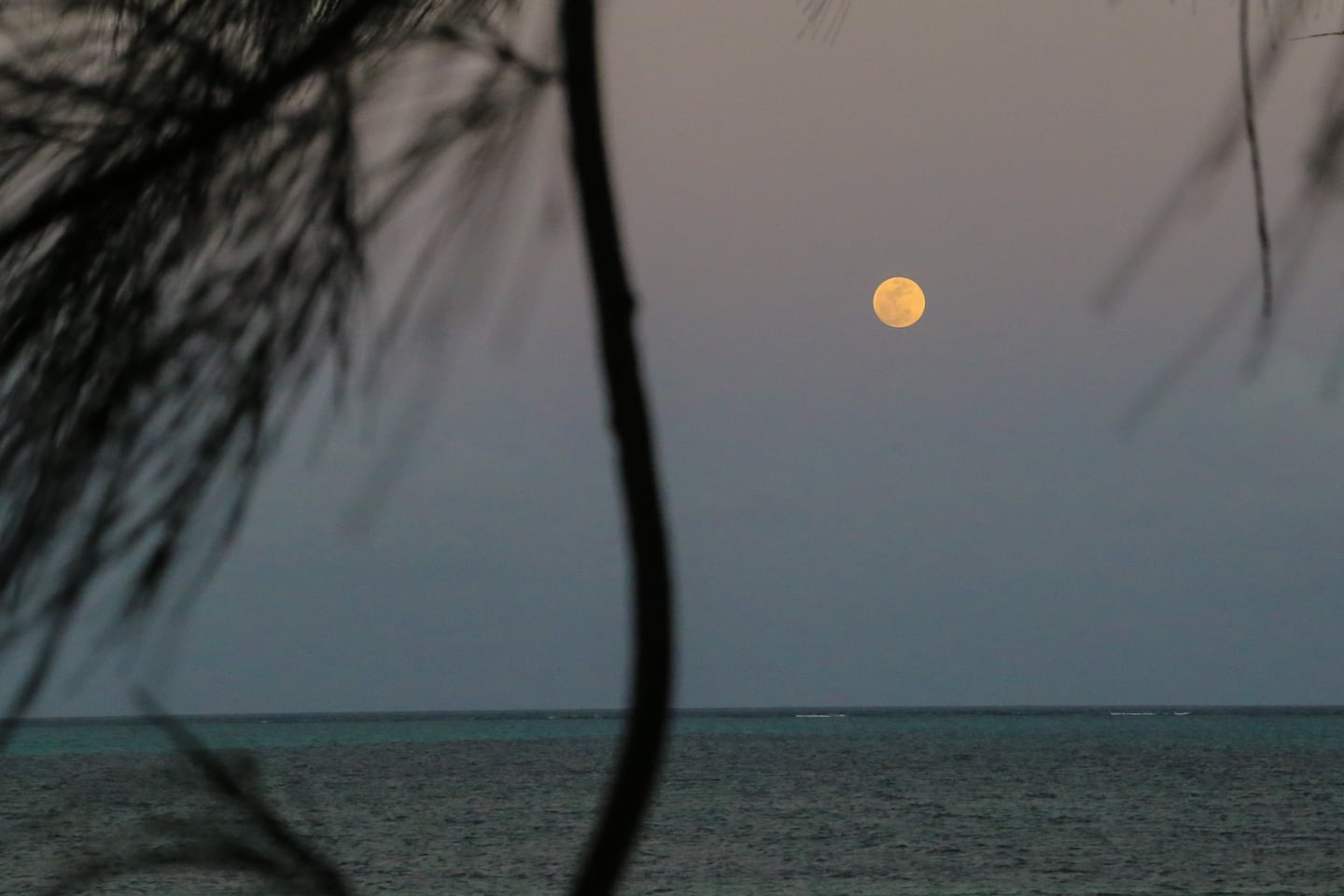
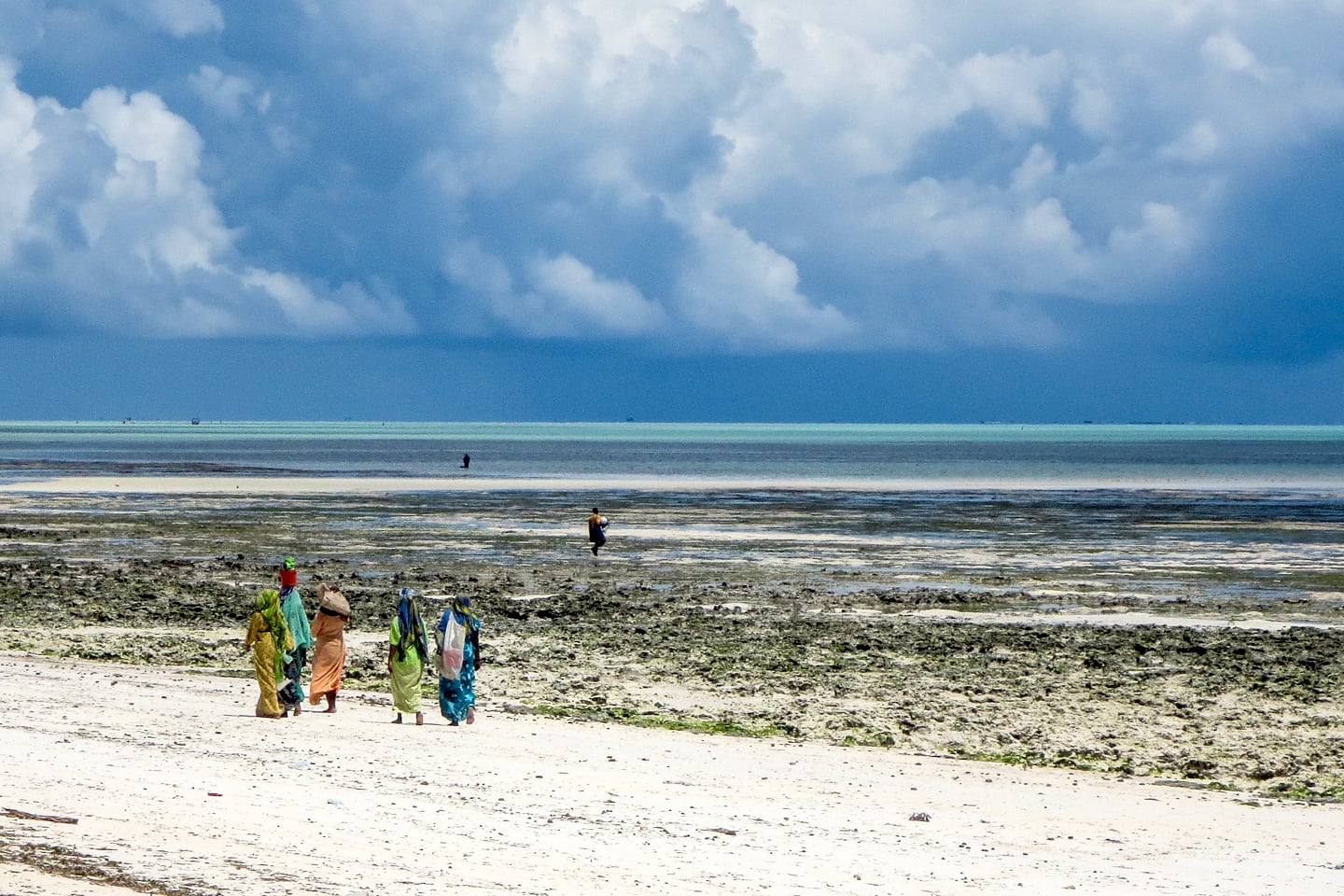
Low Tide: Jambiani Beach Seaweed Culture
While Lori was feeling under the weather, I did a fair amount of exploring. But as soon as she was up and at ’em again, she was itching to explore.
So, we made a point to spend half the time out and about exploring the surrounding area (as hard as it was to pry ourselves away from our little oasis).
A big part of doing so is observing the day to day goings on of the local community. After all, Jambiani isn’t so much a tourist destination as it is a living, breathing village.
And seaweed cultivation is a major source of income here.
At low tide (and the tide gets VERY low in these parts), we observed dozens of women in colorful dress descend on the exposed beach for hours as if they are searching for something.
It doesn’t take long for us to realize these women are harvesting seaweed along Jambiani’s sand and coral coastline.
In Zanzibar, seaweed culture has existed in some form for a long time, but in recent decades has become big business employing over 15,000 villagers on the island.
Seaweed farmers (mostly women, as work in the intertidal zone has traditionally been performed by women) maintain over a thousand Cottonii and Eucheuma seaweed farms in the area, which are accessible at low tide.
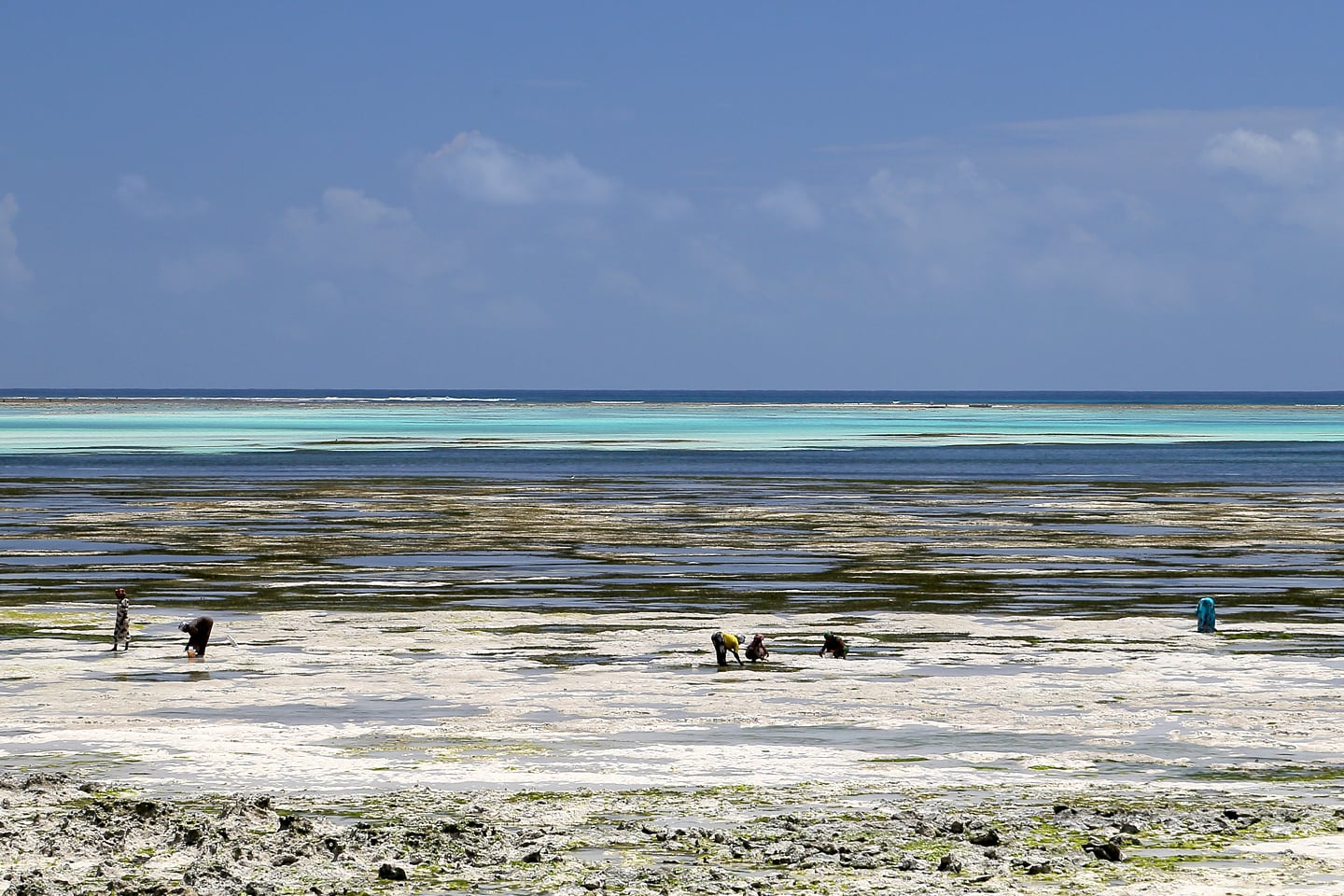
Algae is tied to lines and harvested after six weeks, when it has grown ten times its original size.
After collection, the seaweed is laid out on palm leaves to dry in the sun for three days before it is sold to the Zanea Seaweeds Ltd. collection in the village, where it is packed and sent on to Dar Es Salaam and then France, Denmark, China and the U.S. for processing into Carrageenan, a vegetable alternative to gelatin used in a variety of foods and cosmetics.
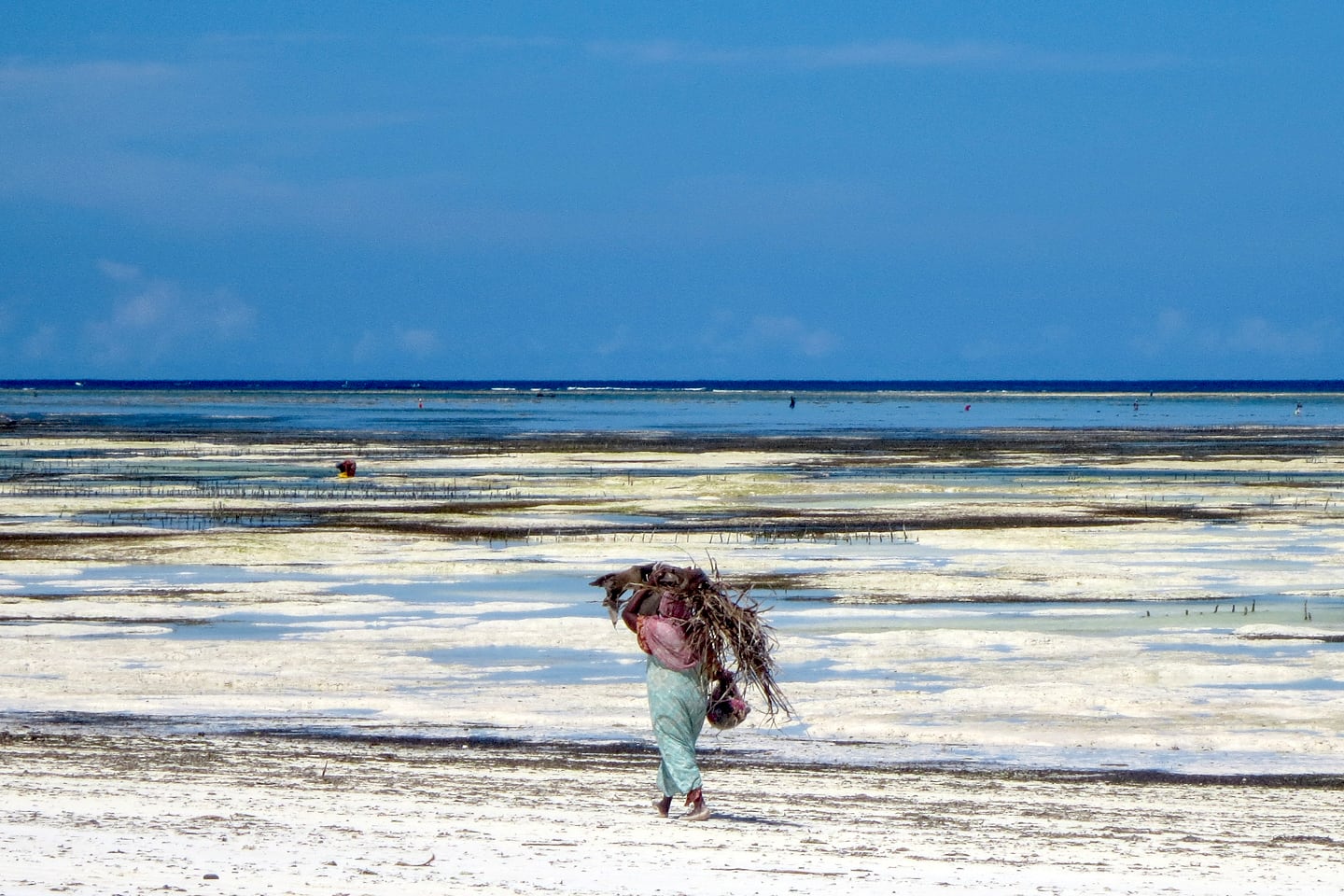
It’s a hard life, requiring 6-8 hours per day of salt water and sun exposure.
Farmers get paid about 160 Tanzanian Shillings (7 U.S. cents) per kilo of dried seaweed. On a good day, one farmer can harvest 250kg of dried seaweed, earning US$17.50.
Zanzibar produces about 11,000 tons of seaweed per year.
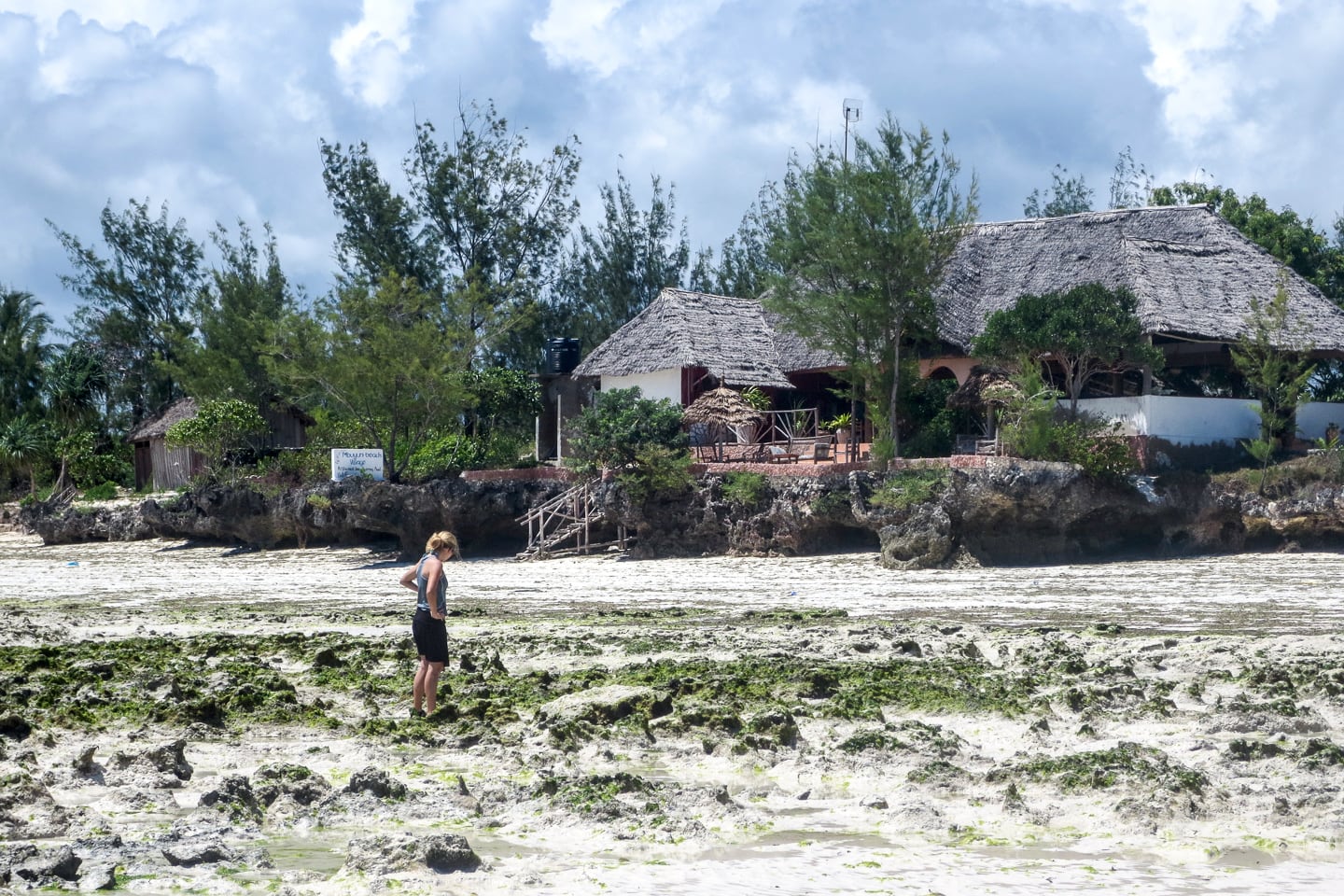
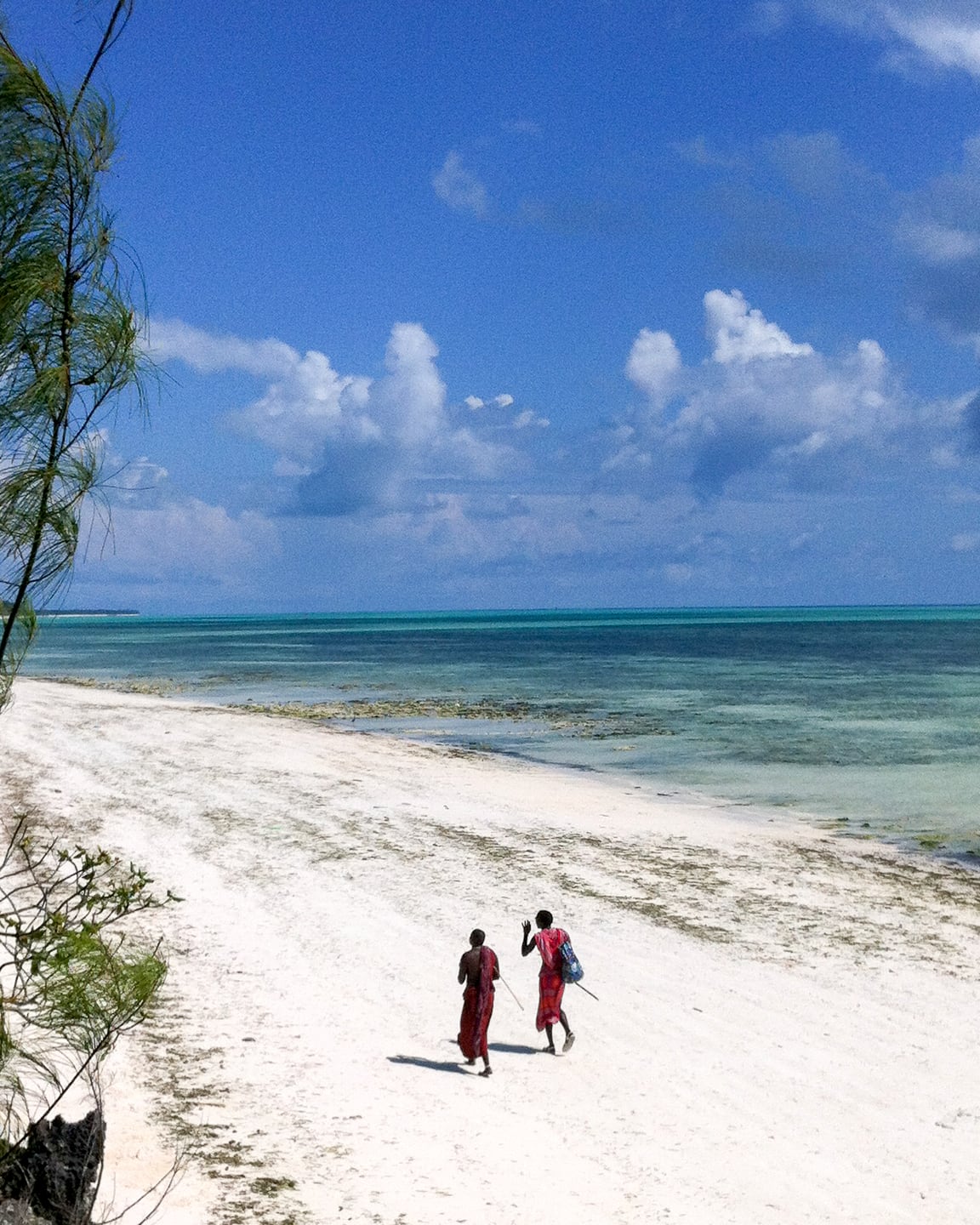
The “Beach Boys”
On a lot of beaches in East Africa, you’ll often find a lot of touts (i.e. local people selling you stuff, or trying to sign you up for various activities).
Though a much more expensive travel destination than Tanzania, the lack of touts in Mozambique is actually a big draw for travelers to that country (though this seems to be changing).
Thankfully, the touts between Jambiani and Paje are fairly low-key and not much of a bother.
Many of them claim to be Masai (and use this, not only as a selling point for their wares, but to pick up young foreign women who are eager for a little cross-culture romance).
Local villagers will warn you, however, that many are not who they claim to be, but rather street youth from Dar es Salaam pretending to be Masai.
In my mind, a tout’s a tout (and a trinket is a trinket), regardless of whether they come from the streets of Dar, or a legendary warrior tribe — but you’d be amazed by how many Westerners will happily give a guy wearing a red sheet business while totally ignoring a Tanzanian dressed in a polo and jeans.
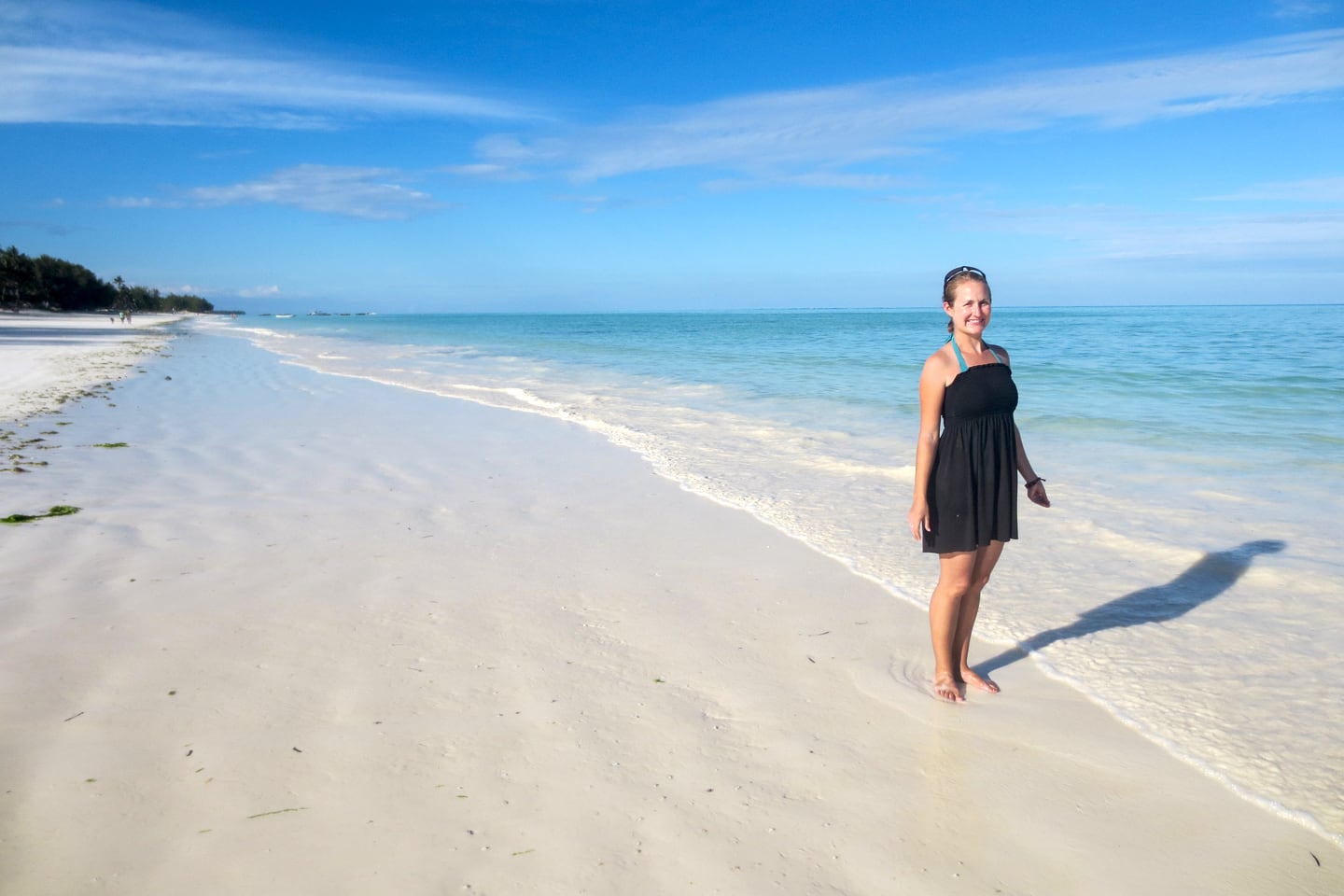
High Tide: Jambiani Beach Time
Here in November, we’ve happily encountered very few other visitors and tourists. Locals significantly outnumbered non-locals on the beach, which is one of my personal criteria for the perfect beach location.
Actually, my top criteria for the perfect beach is square meters of beautiful beach far outnumbering beach-goers, and the long, powder white strand between Jambiani and Paje certainly seems to have that going for it too.
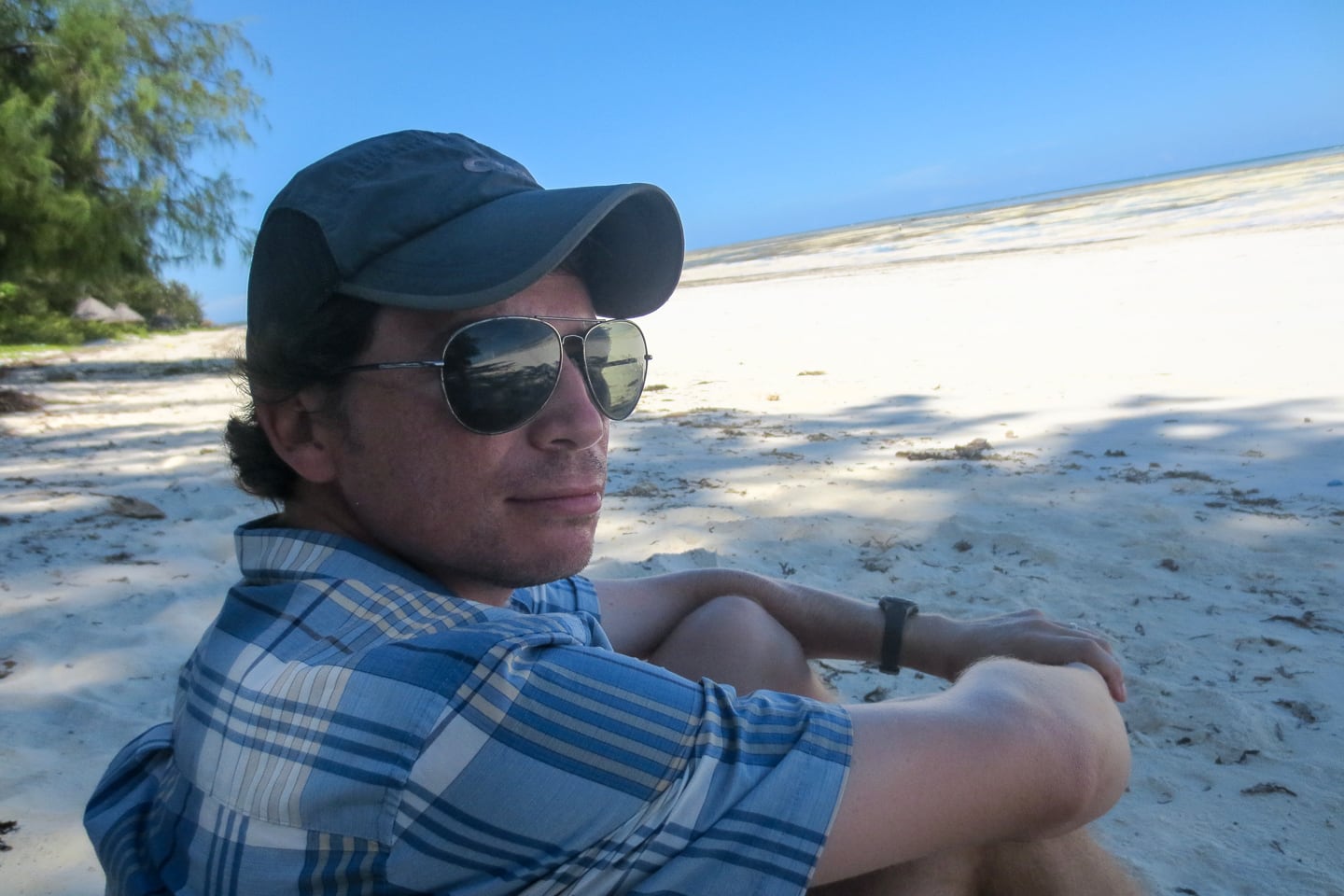
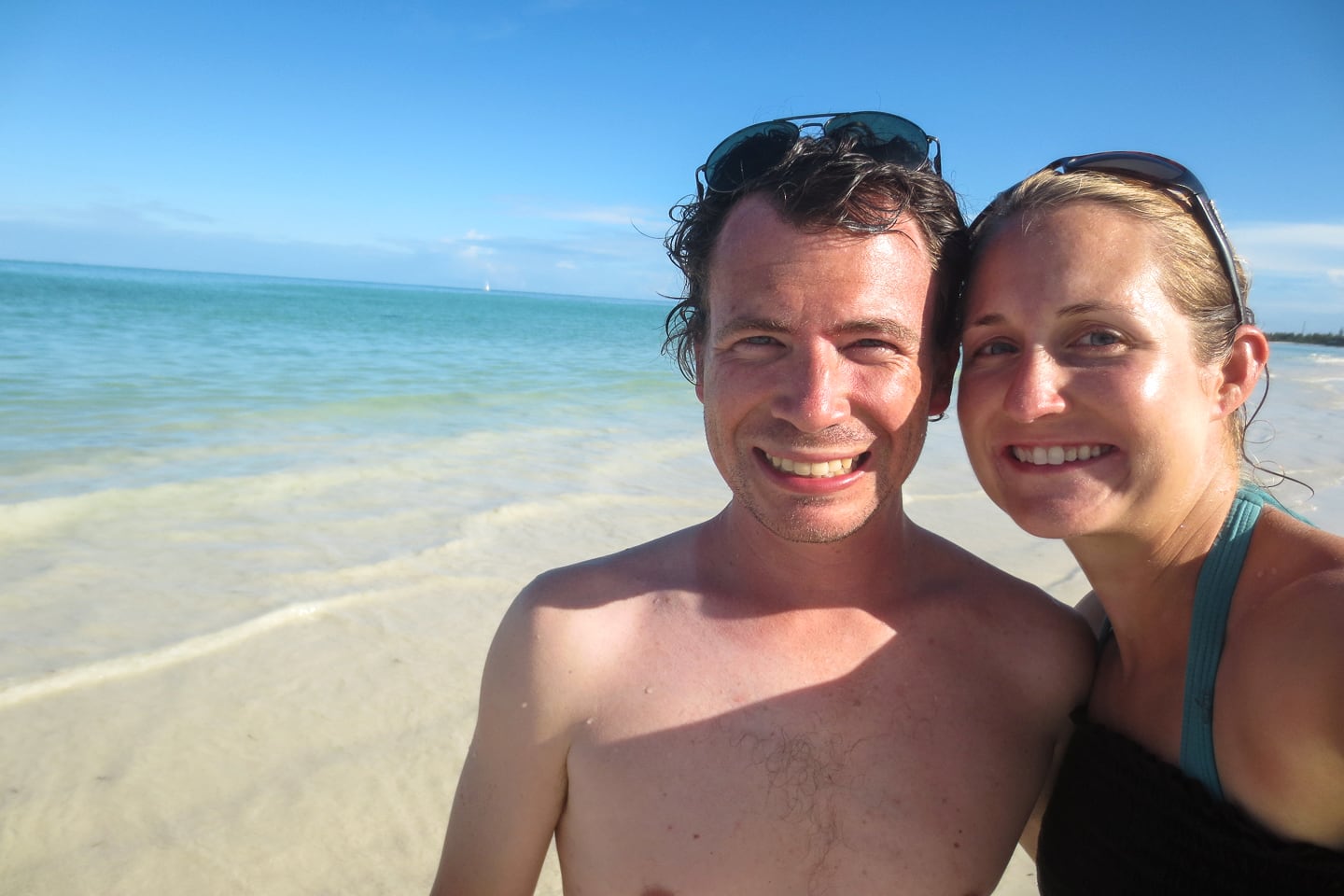
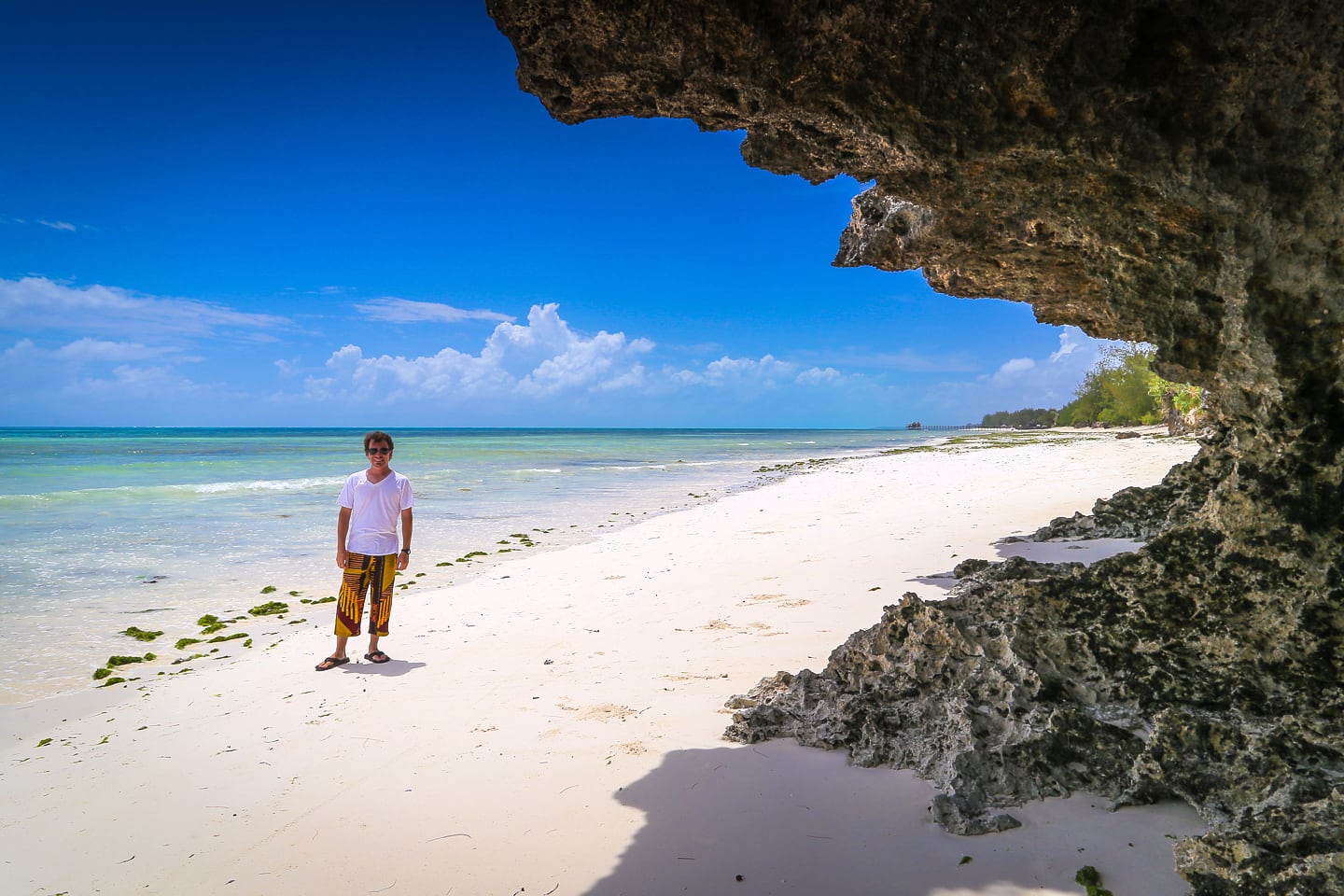
BEACH PANTS UPDATE: Yes! I did end up getting my beach pants back from Nordin in Stone Town and they are sweet!
Nordin did a fantastic job, though (as I suspected, despite my efforts to communicate the contrary) they ended up being a bit more fashionable (i.e. tight!) than I hoped, but that’s the style here, I guess.
Now, instead of screaming “BACKPACKER MAZUNGO!” my duds will scream “CRUNCHY MAZUNGO!”
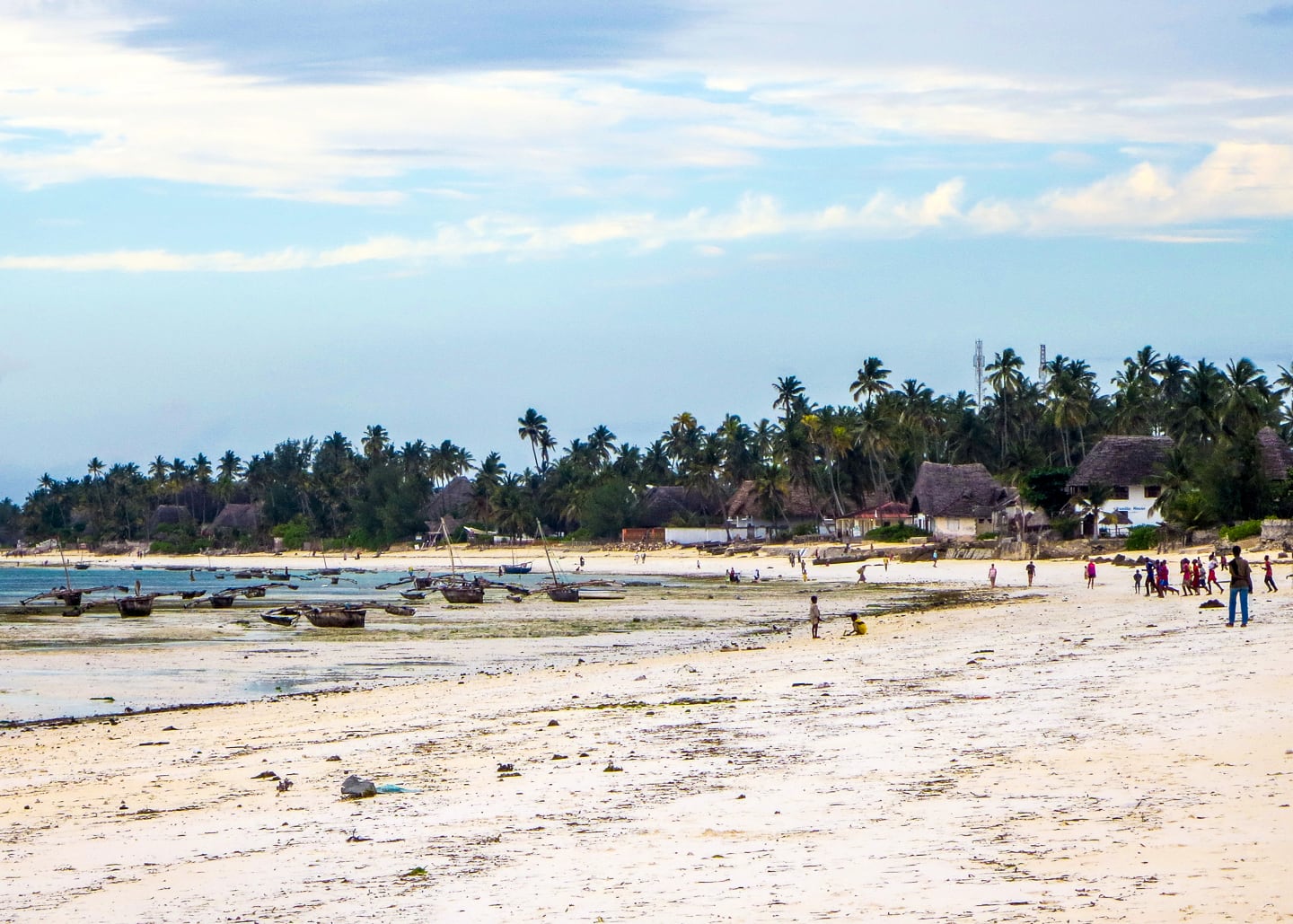
Kicking Around Jambiani Village
While the center of the village is a 15-20 minute walk along the beach from where we were staying (depending on how much of a hurry we were in, which usually wasn’t much), we found ourselves in Jambiani Village on a daily basis, spending many hours in and around the village.
So, what is there to do in Jambiani Village, you ask? Honestly, not a whole lot! But that’s sort of the point of visiting.
Highlights of spending time in Jambiani are strolling the sandy paths that make up the village main streets, chatting with locals, practicing Kiswahili, sampling local foods, playing cards under a shade tree, watching the fishermen and women bring in the catch and repair boats and nets, and doing your best not to be in a hurry to do anything.
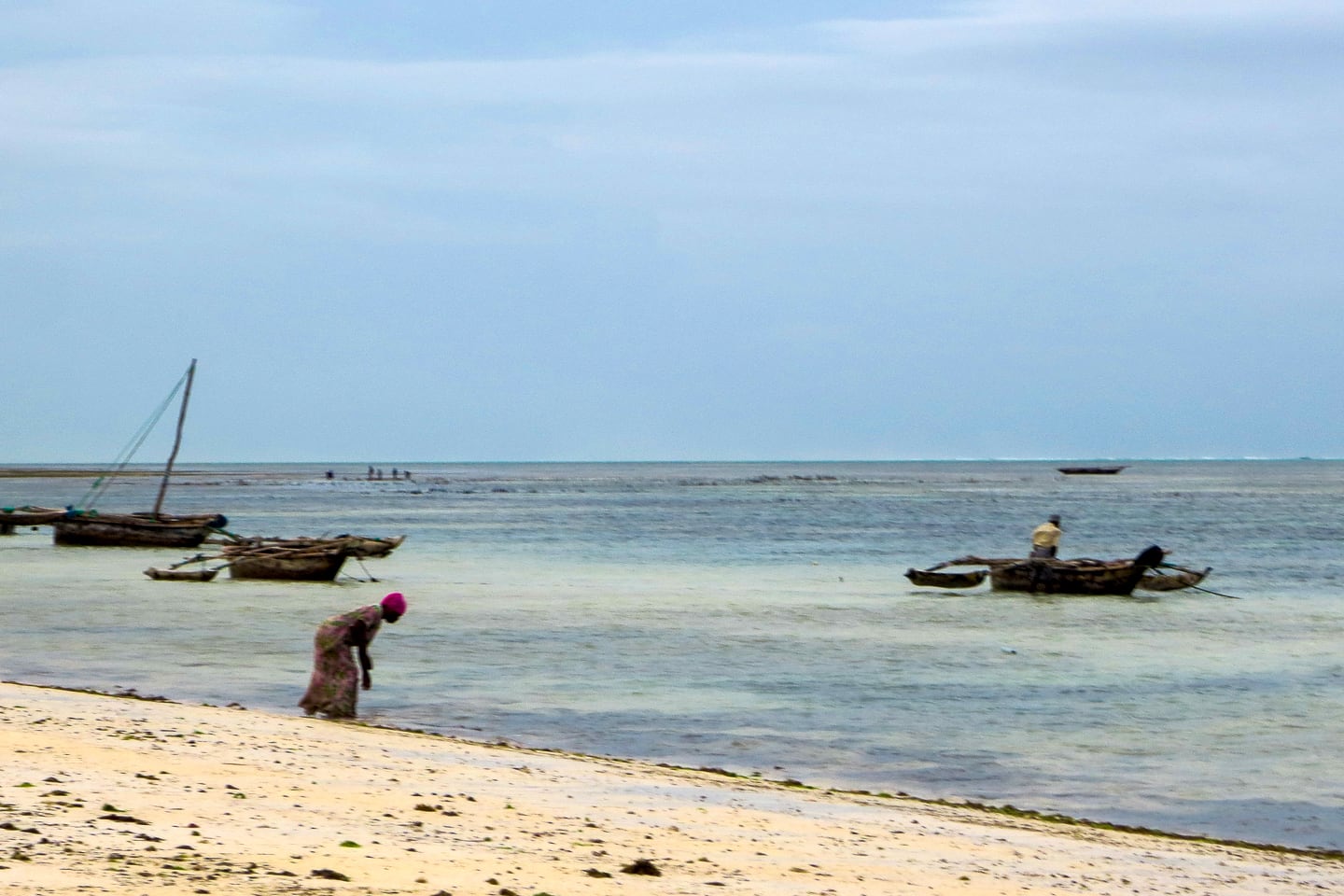
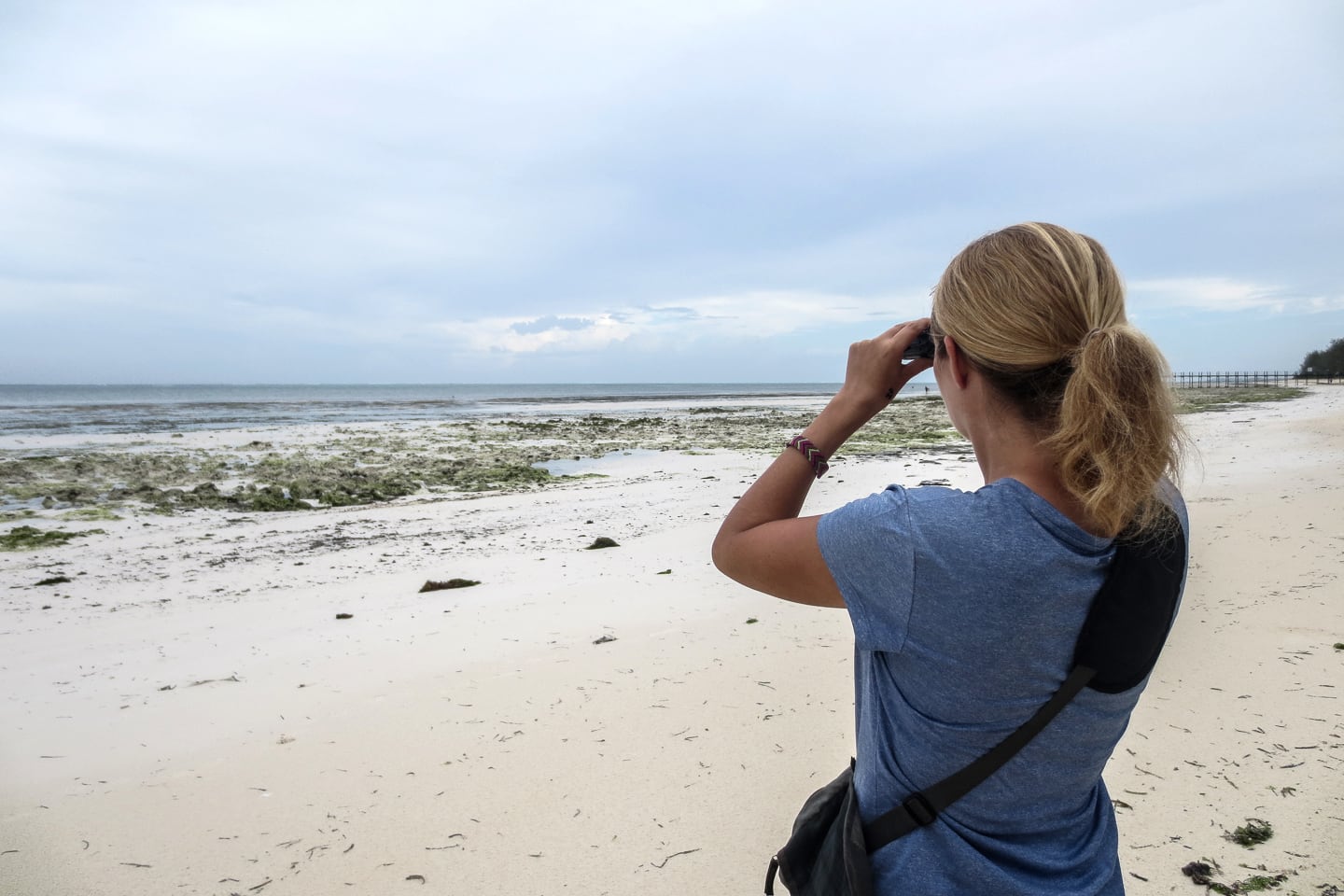
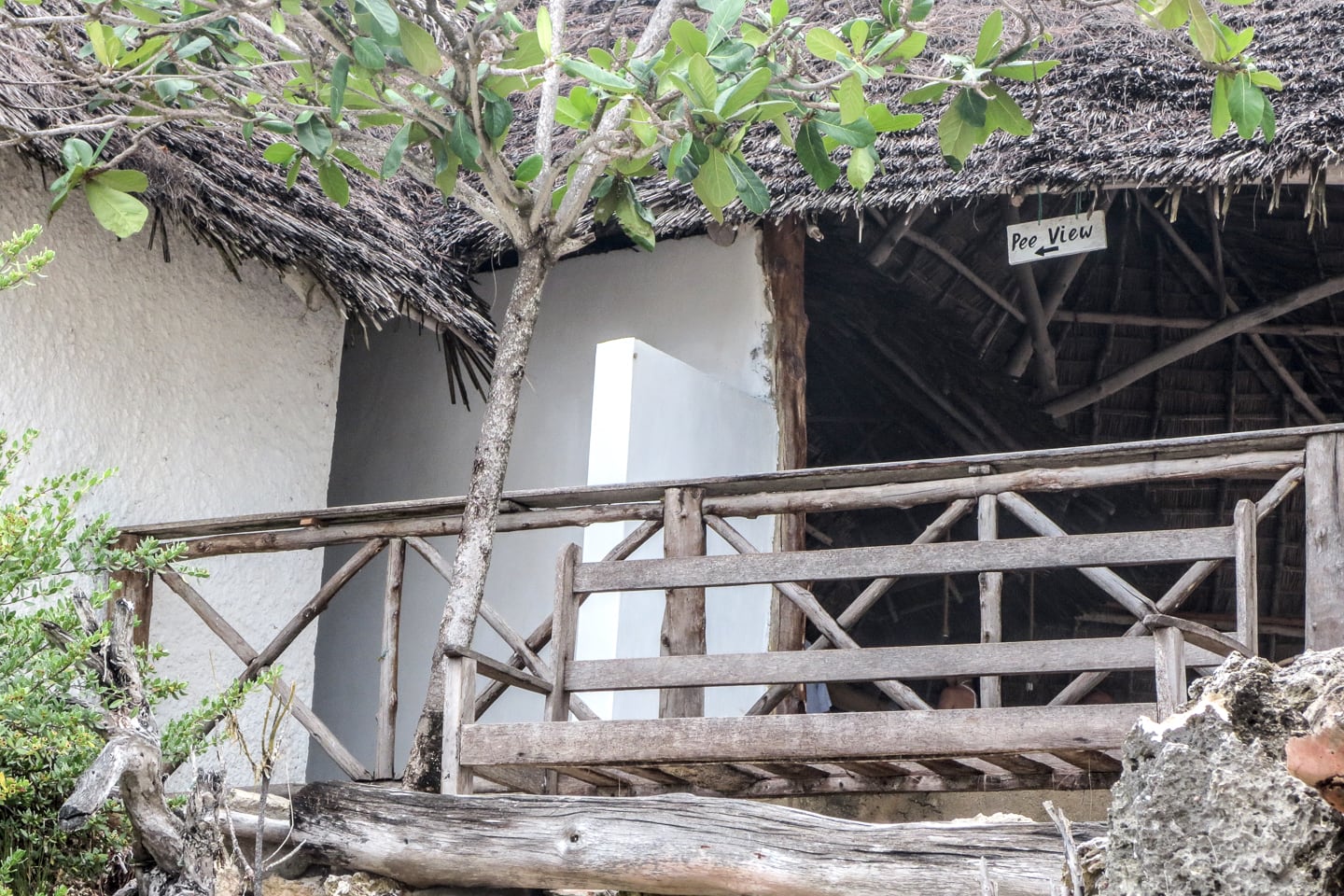
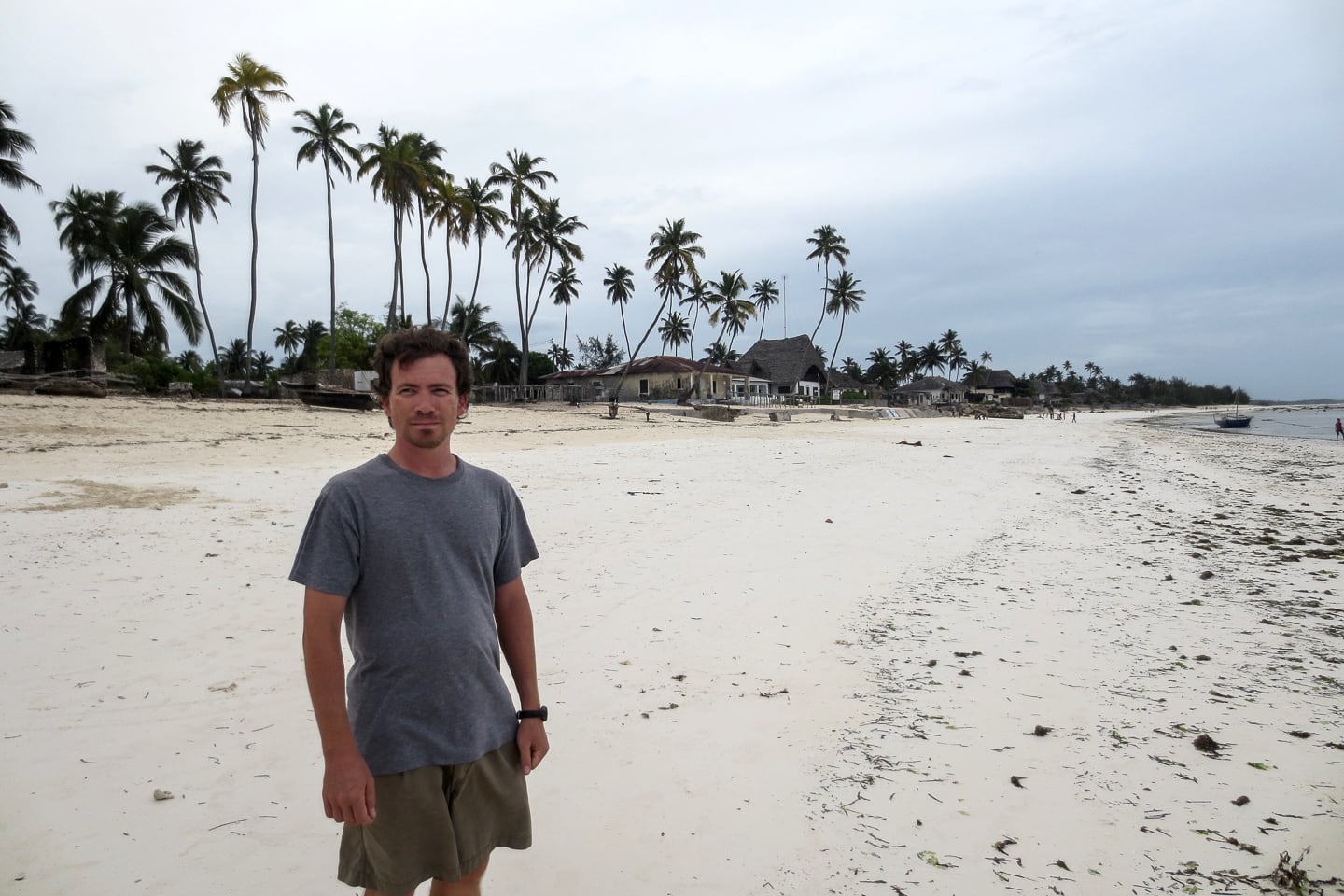
Because it can get brutally hot on Zanzibar during the day, most of village life happens in the late afternoon and evening, which is when we usually found ourselves in the village.
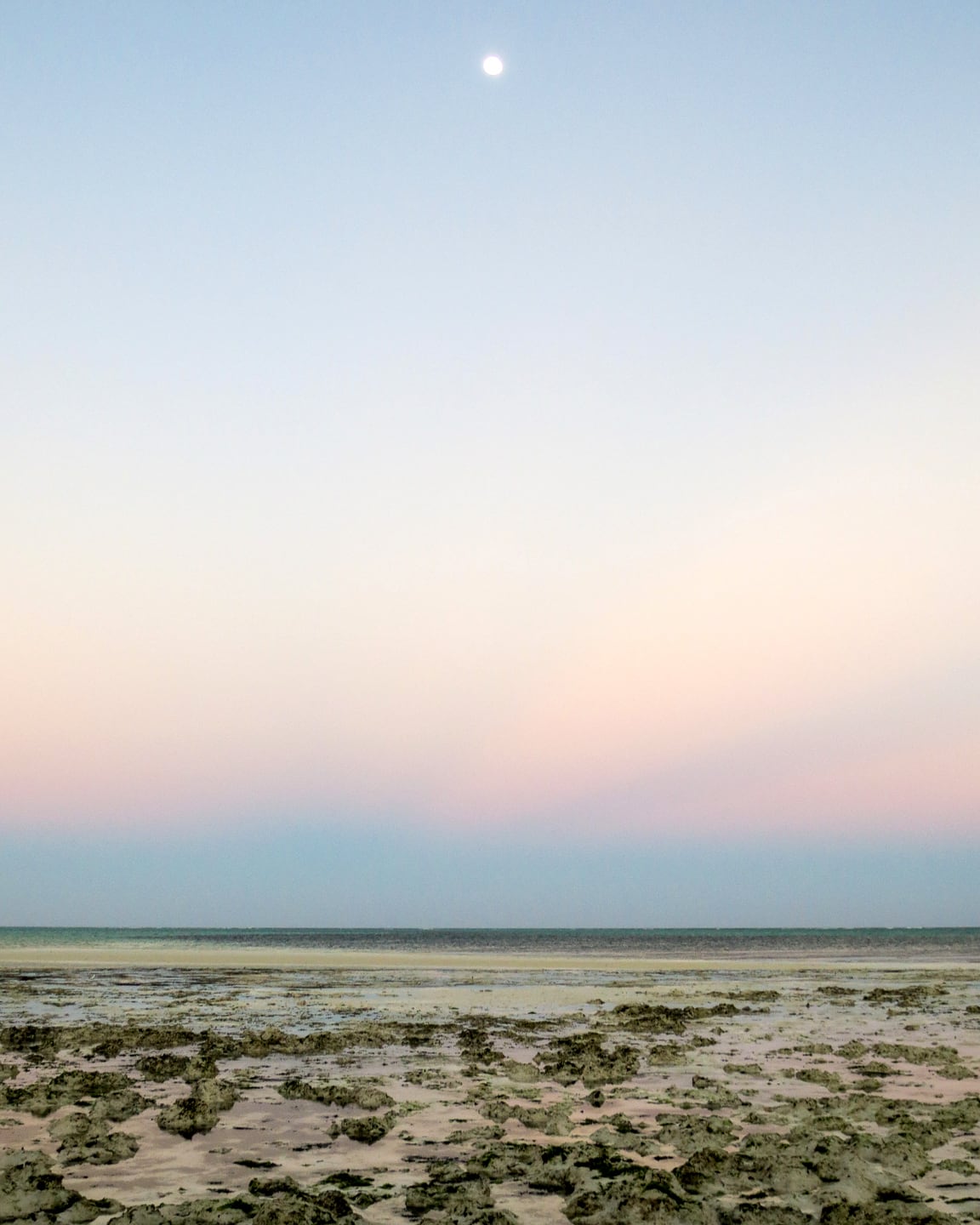
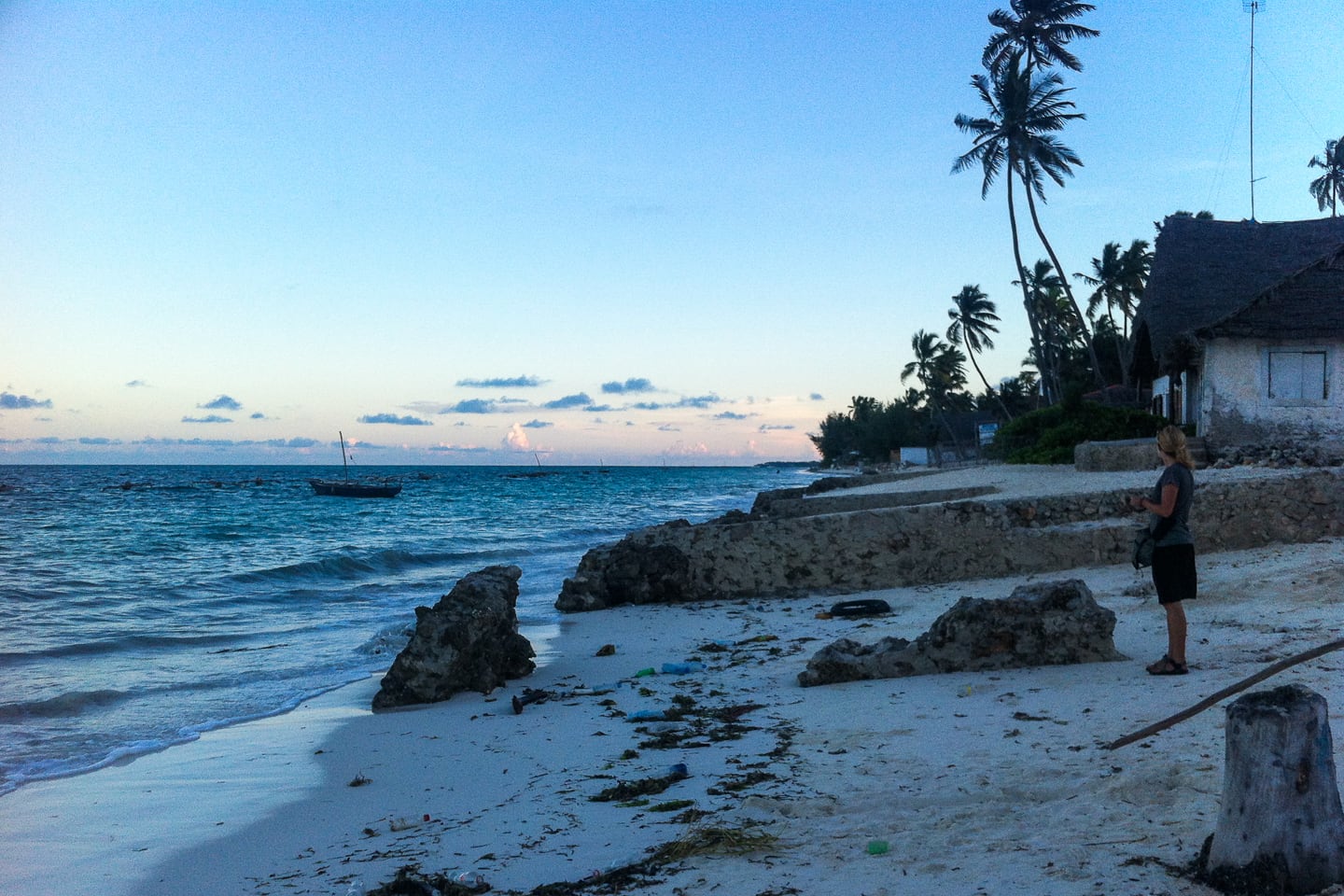
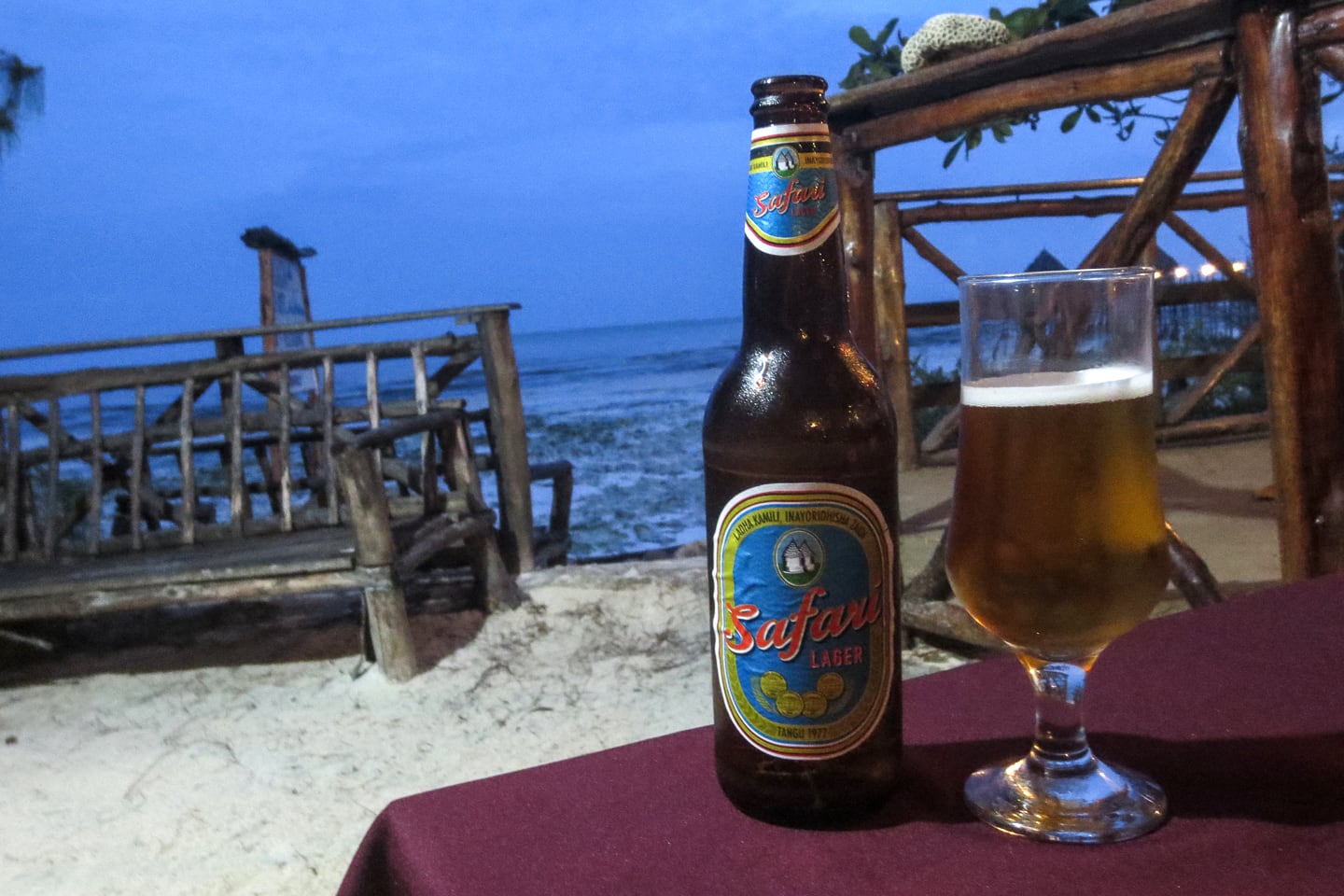
Eating and Drinking along Jambiani Beach
Our accommodations near Jambiani, Mbuyuni Beach Village, had some of the best food in the area. So, it’s been harder than we thought to tear ourselves away from the lodge to have dinner elsewhere in the village.
Yet, we’ve managed to eat away about half the time.
Sea View Restaurant in the village has good pizza and wine with a comfortable atmosphere, in addition to many smaller places offering local specialities.
Teddy’s in Paje is a nice respite from island food (as tasty as it is!), though ours seemed to take forever.
“Happy Hour” is popular in the area and most of the restaurants and bars along the beach in Jambiani offer one, including our own Mbuyuni Beach Village and Pakachi Lodge next-door.
However, one of our favorite happy hour locations isn’t on the beach at all, but rather out over the water:
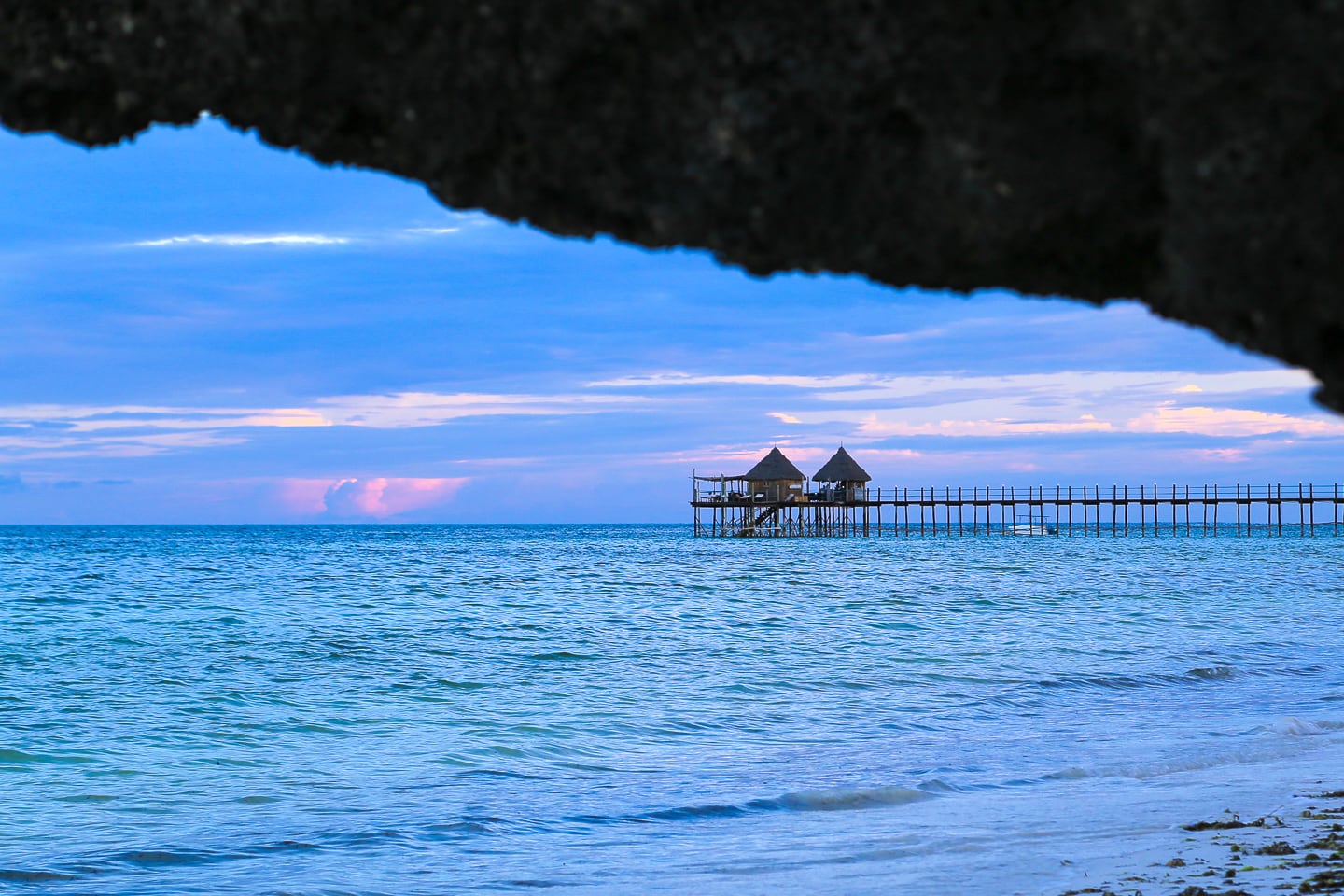
In addition to having one of the more comprehensive cocktail menus in these parts, the Jetty Platform Bar at Spice Island Hotel & Resort also has the best sunset view, given that it offers the only vantage point in town for looking west (back toward the island).
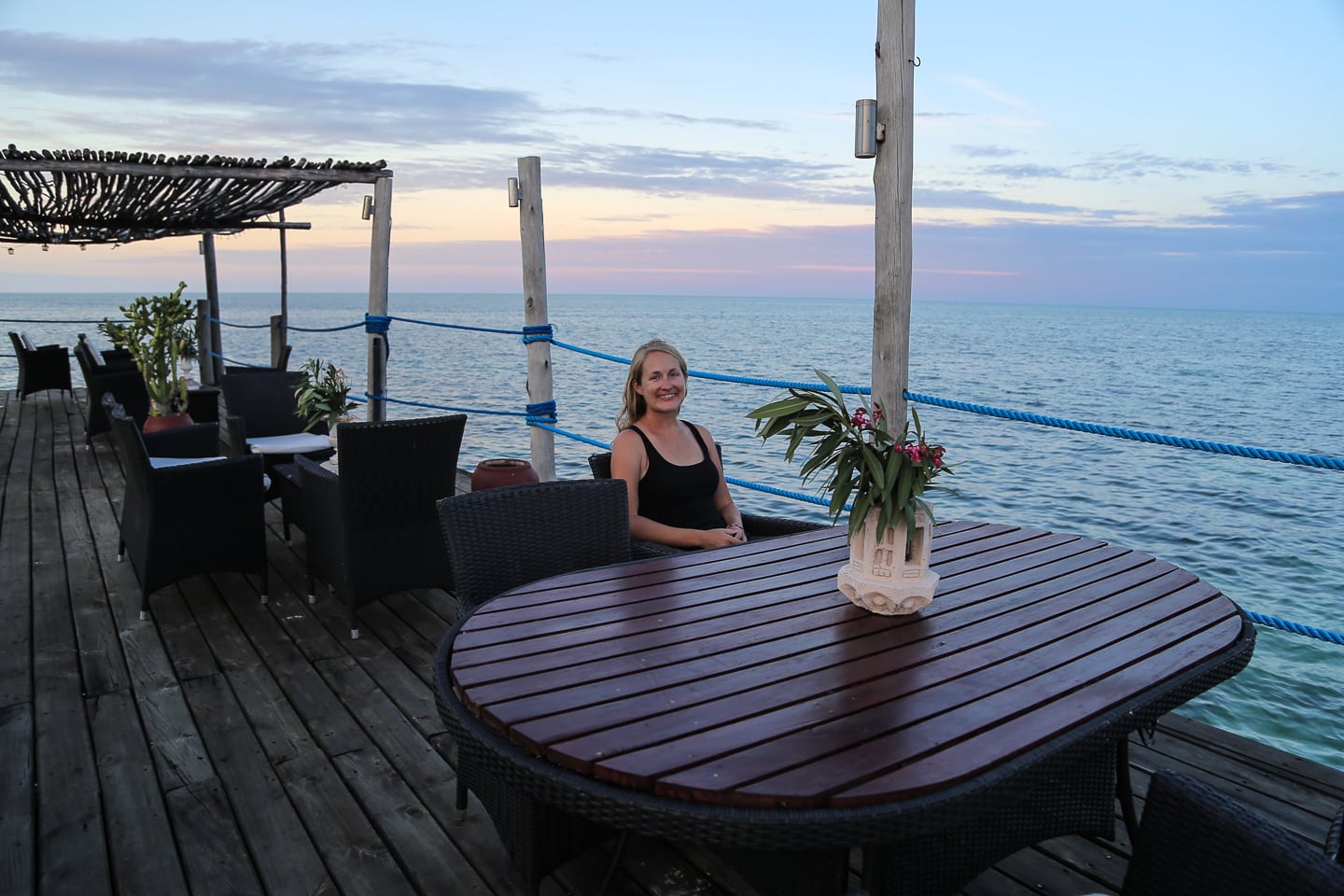
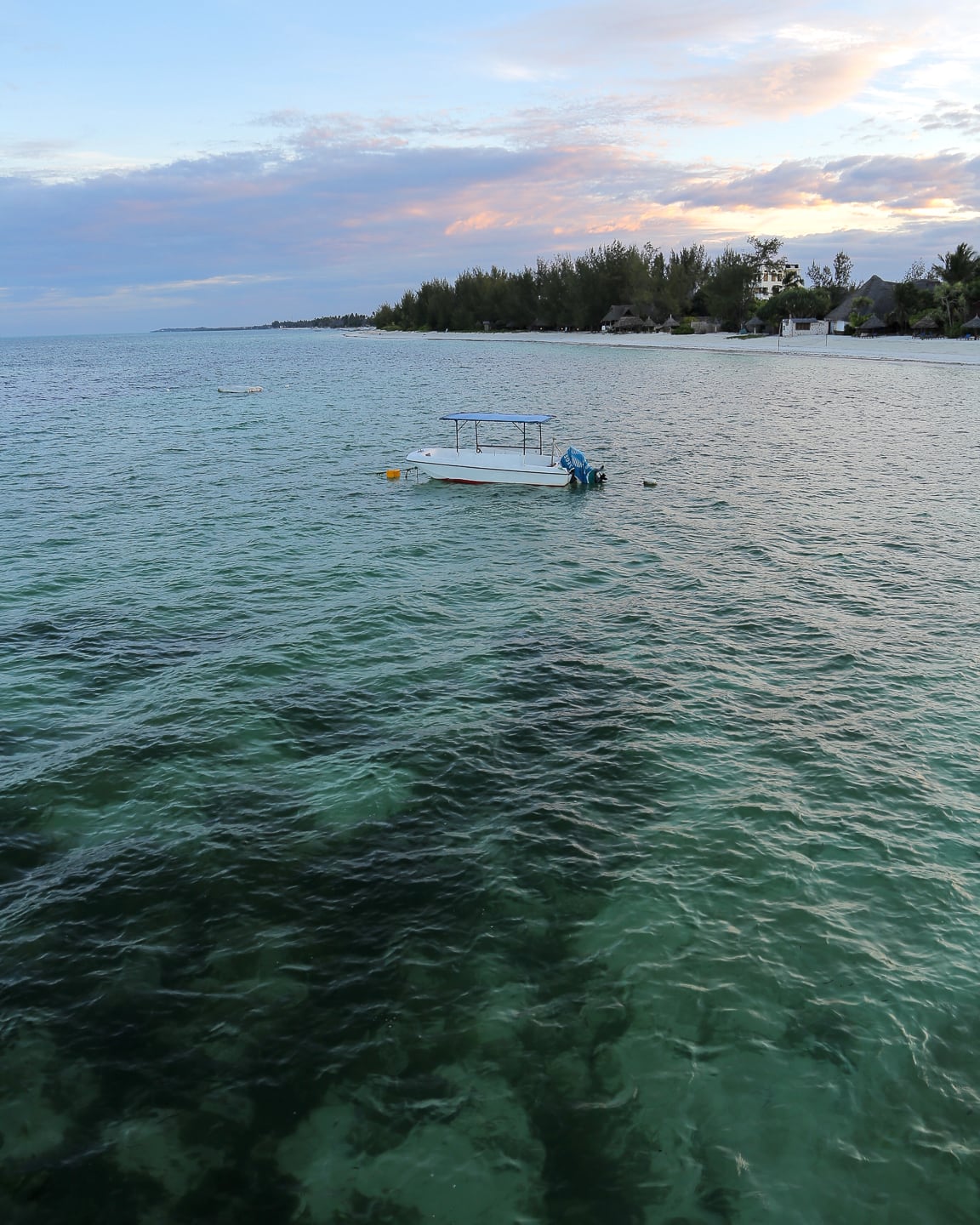
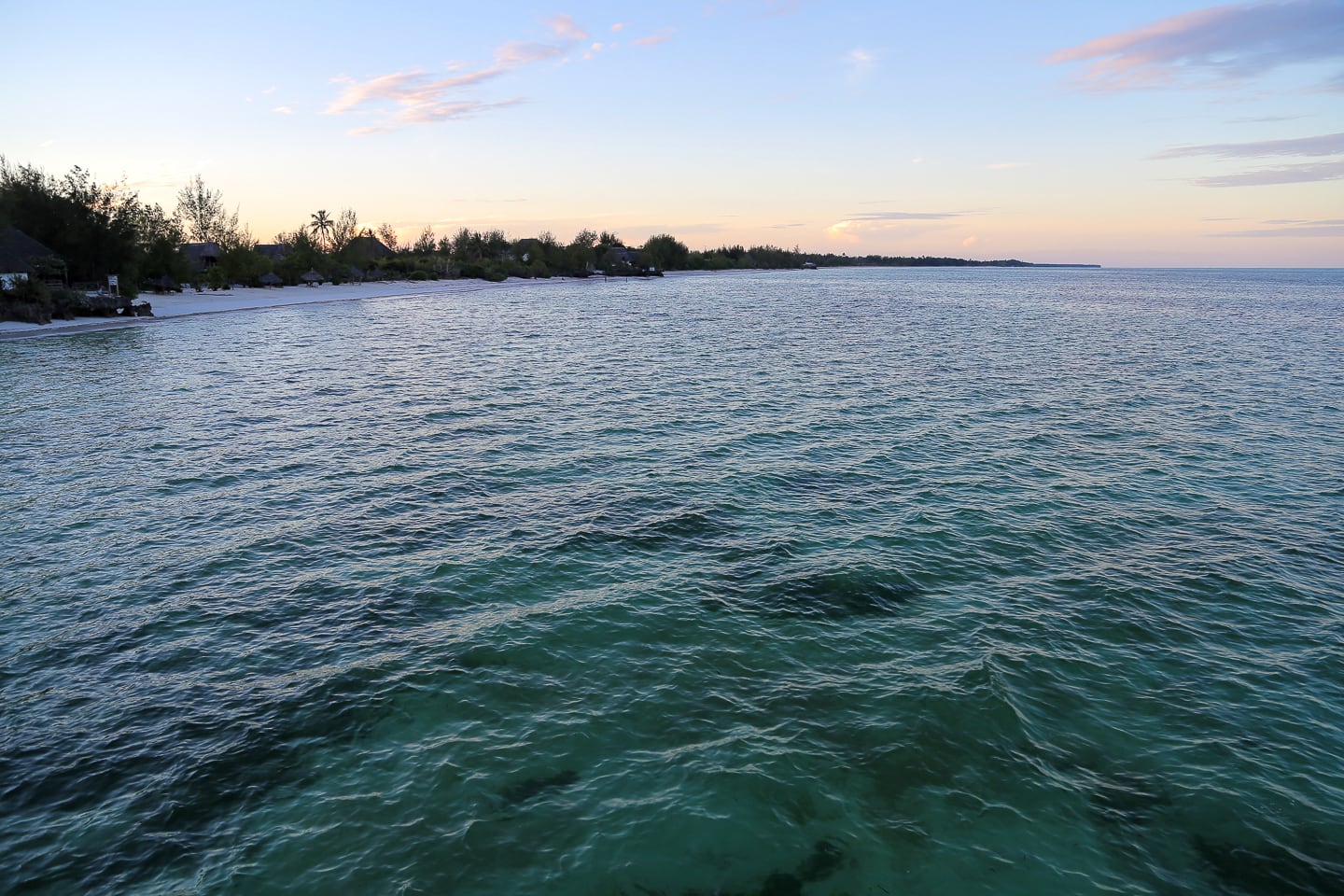
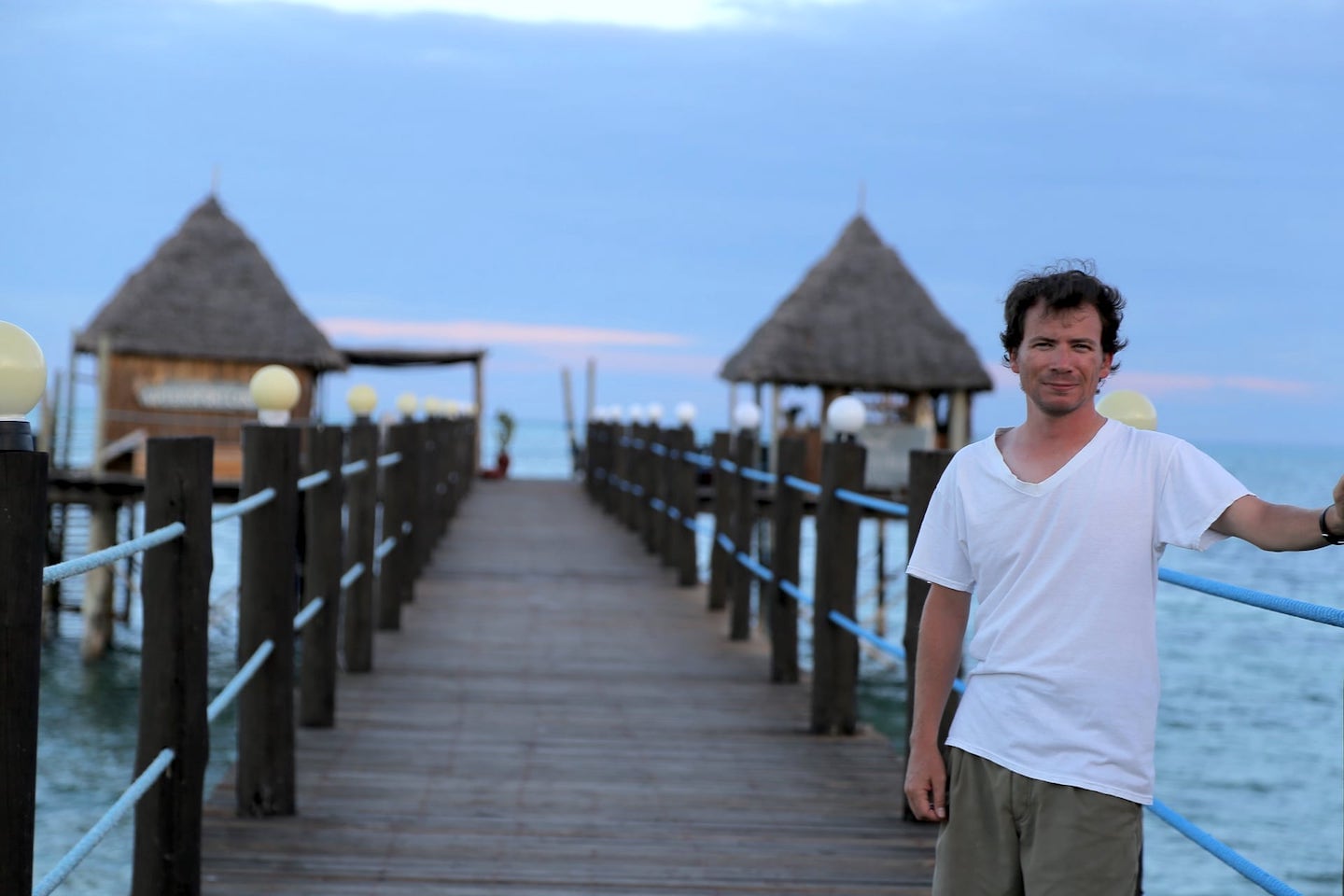
In all my Africa travels, Tanzania is one of the places that makes me feel truly optimistic about the future. A fiercely independent and proud people, you get the sense traveling through Tanzania that Tanzanians are going to do things their way, and not just going to roll over for the West or China.
Additionally, Tanzanians struck us as peaceful, industrious, and sensible people, who value community and cooperation.
Granted, Tanzania has its share of challenges. Yet, this country seems better positioned than most of its neighbors to weather the challenges with home-grown solutions, while maintaining much of its cultural heritage and warmth.
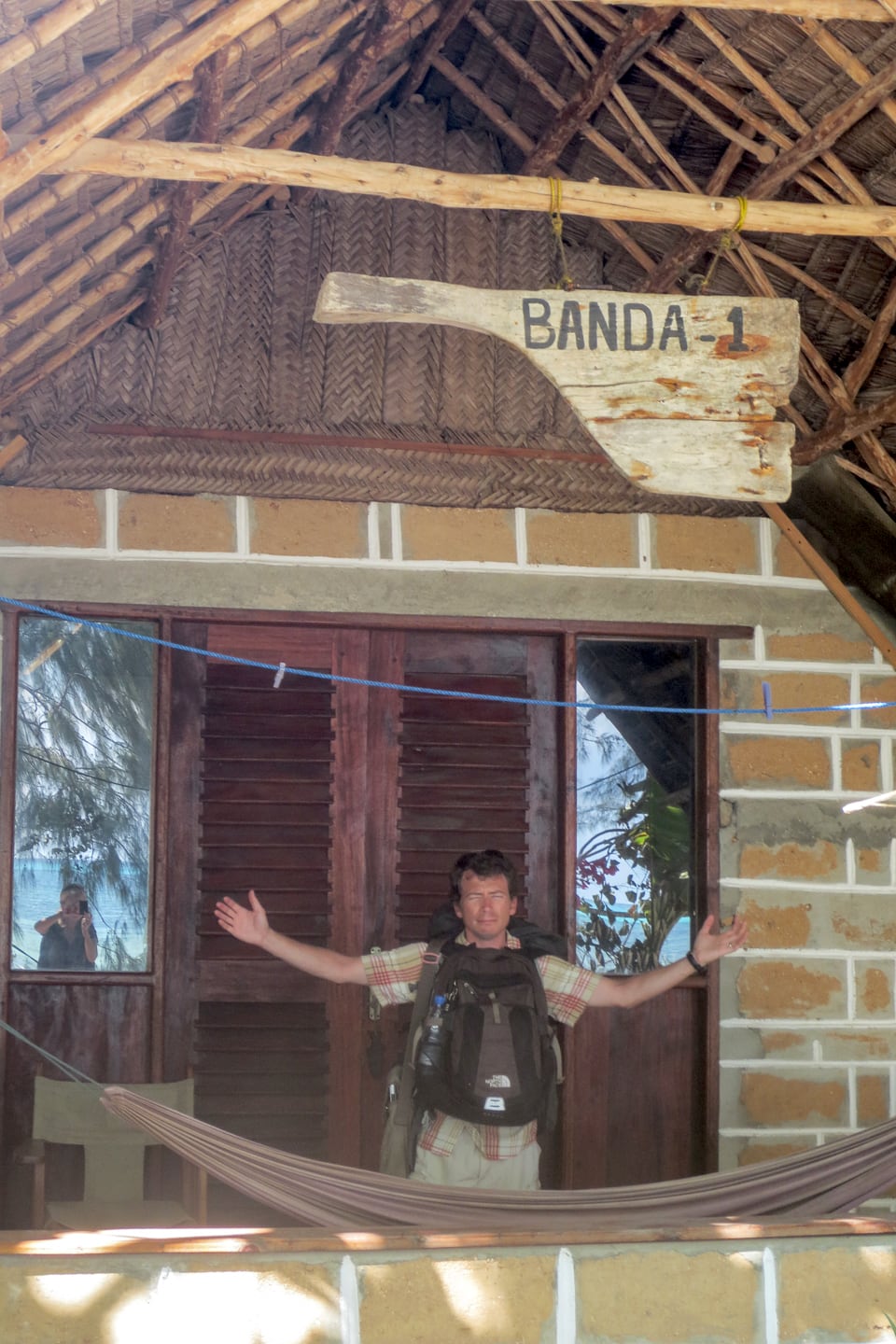
Onward to Dar Es Salaam
Like all good things, our time in Jambiani finally did come to an end.
With great hesitation and heavy hearts, we packed up our things, donned our heavy packs and left behind our beloved Banda #1.
A few hours later, we boarded our Precision Air ATR-72 for the 20-minute flight back to Dar, watching the turquoise, palm dotted coastline disappear beneath the clouds of another gathering storm.
We’ll stay in Dar for a few days before making our way up to Lushoto for the start of a four-day Usambara mountain trek!
